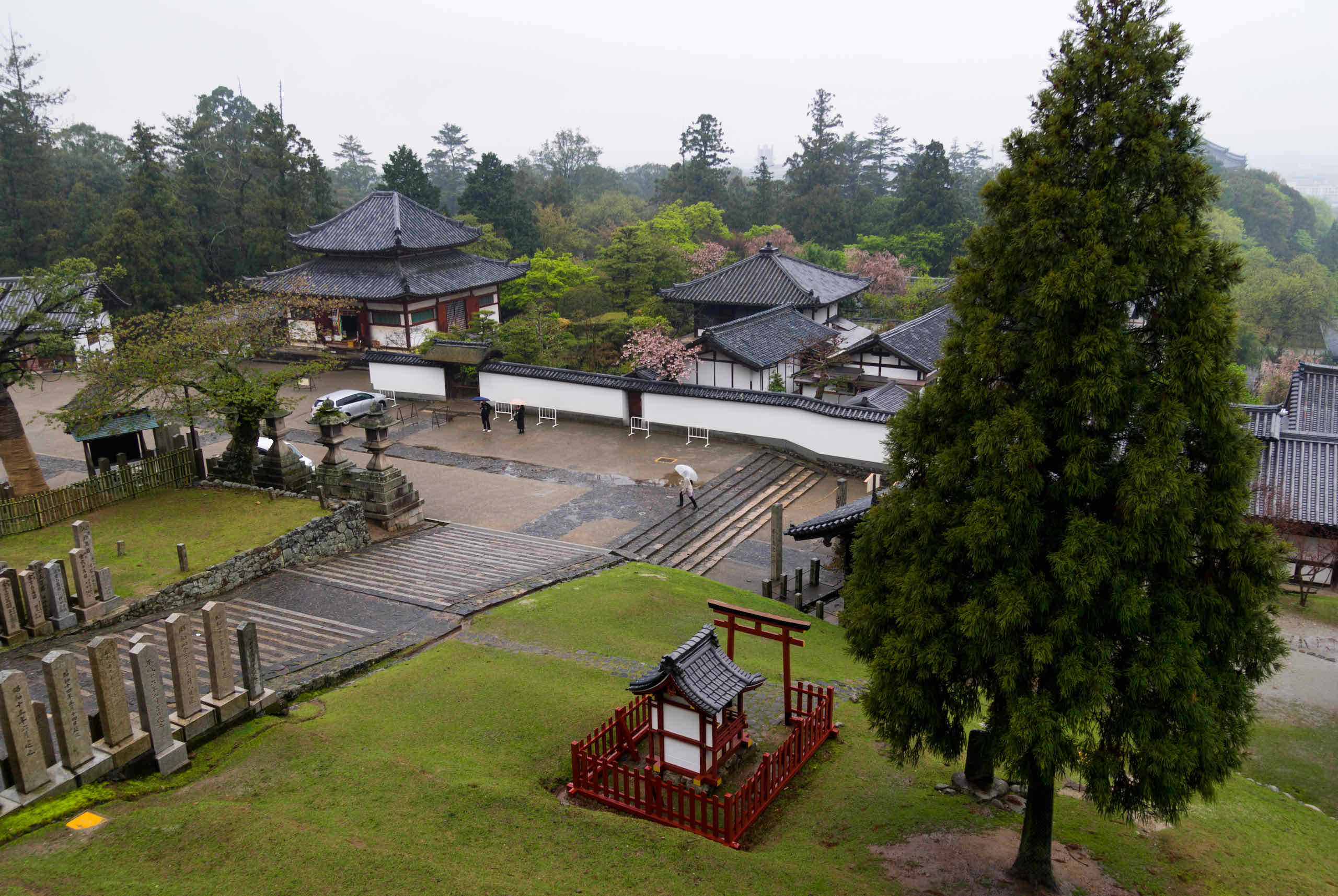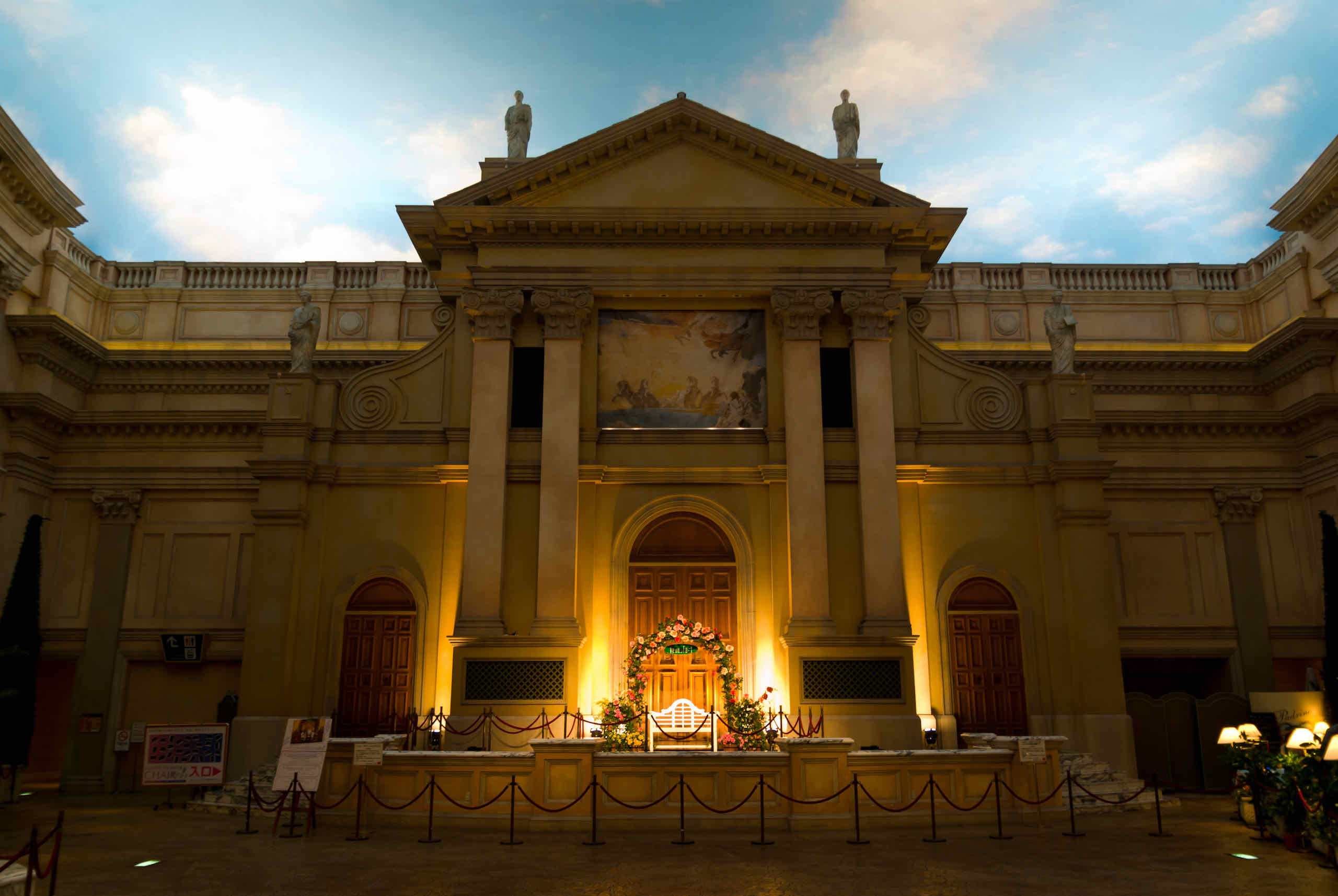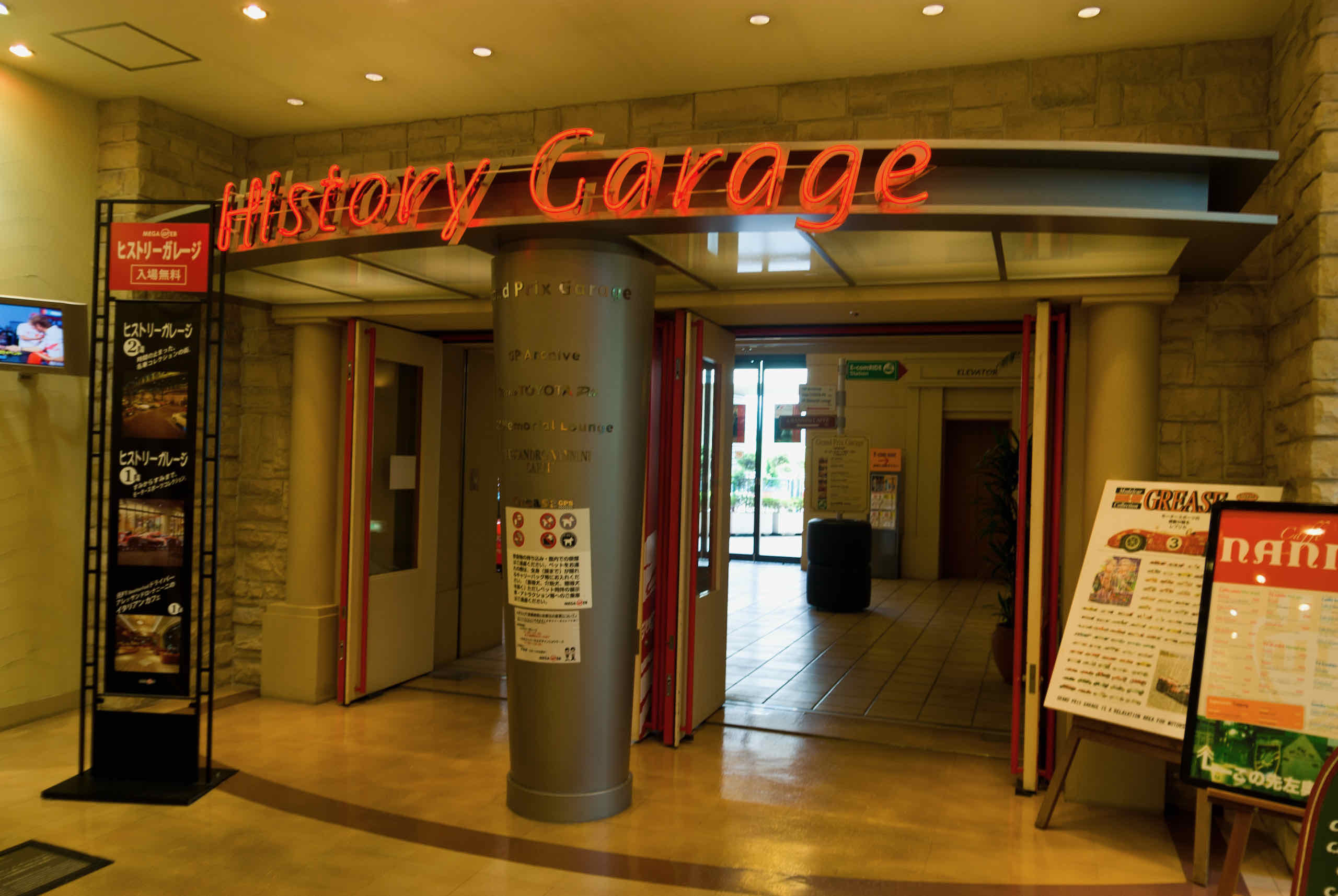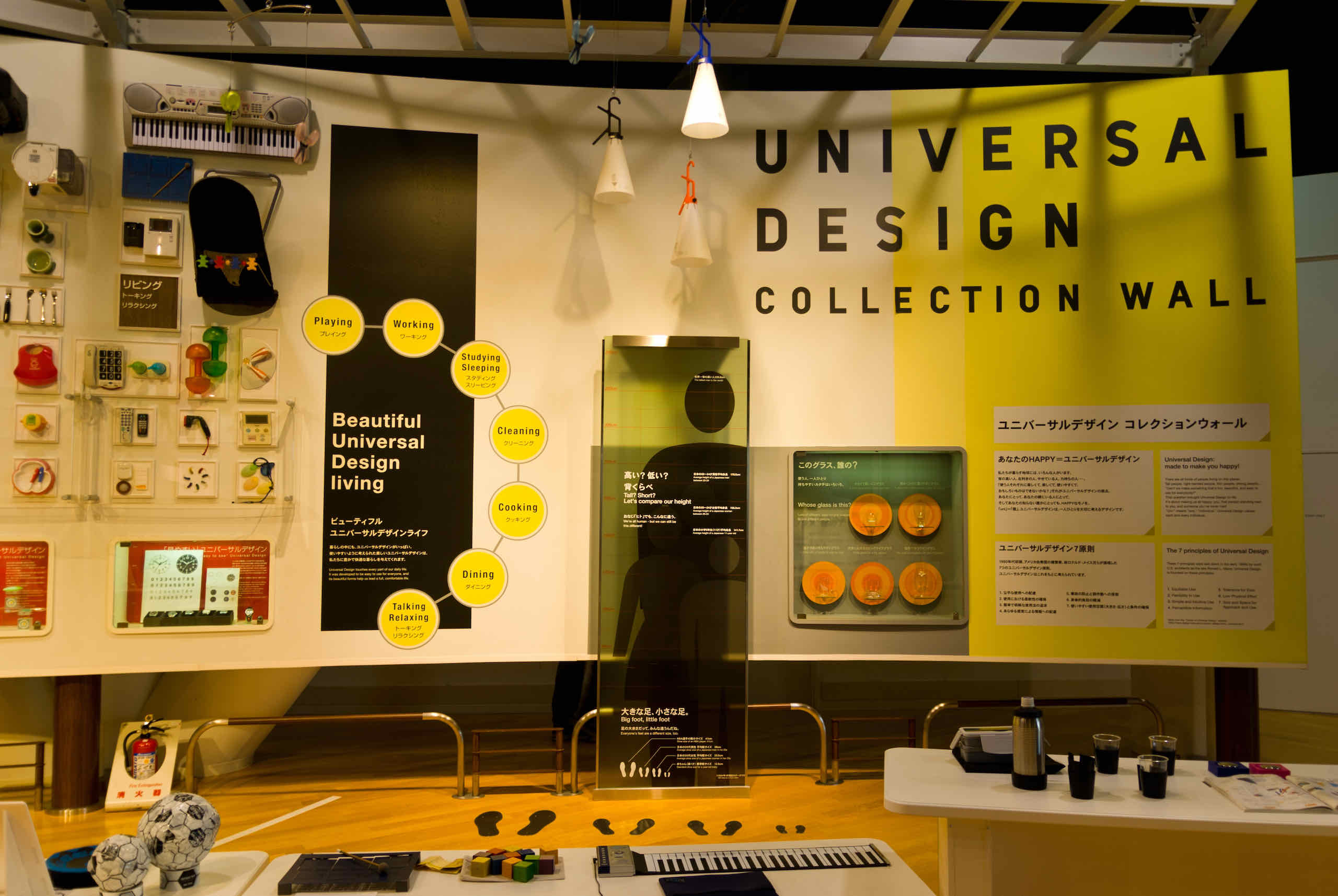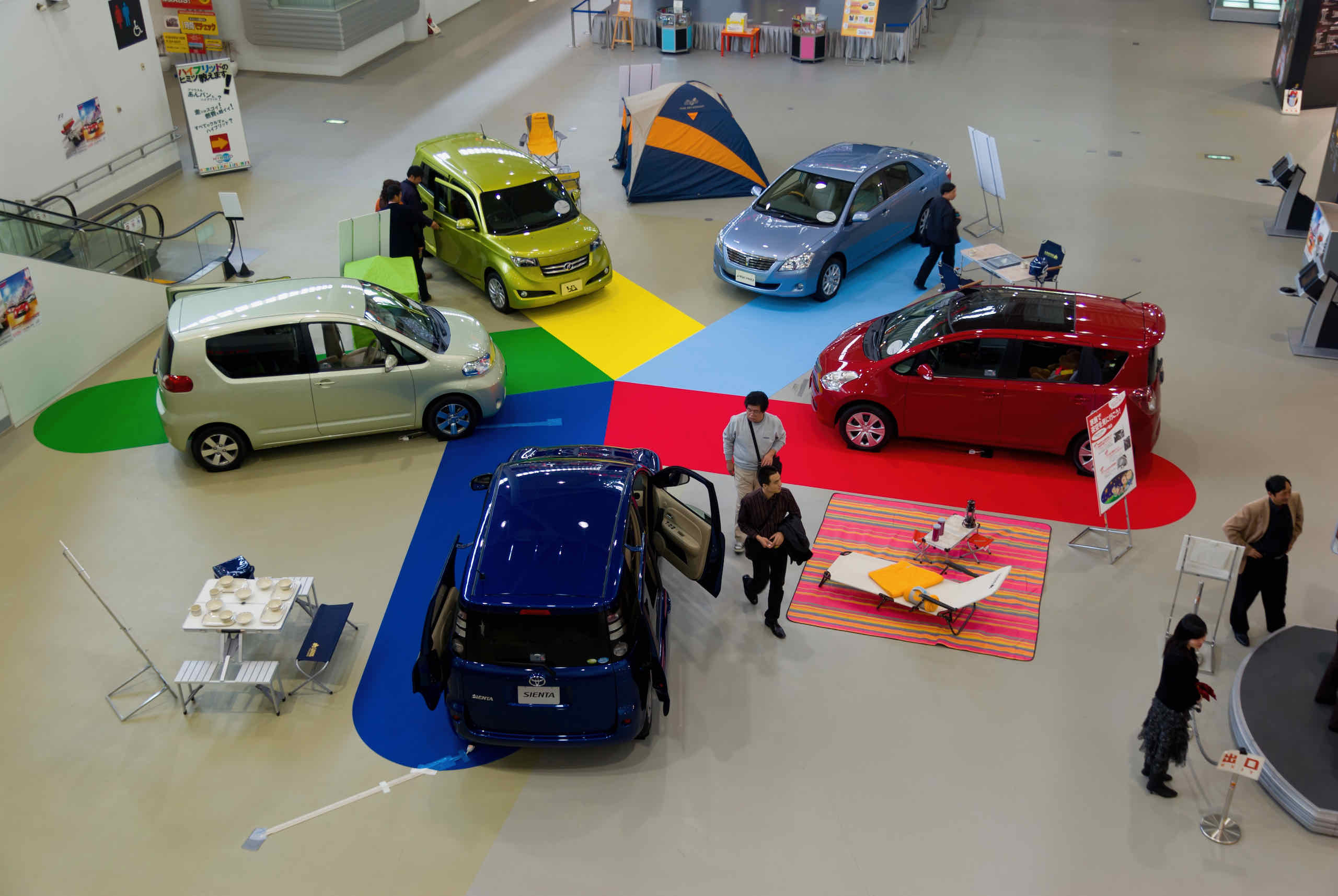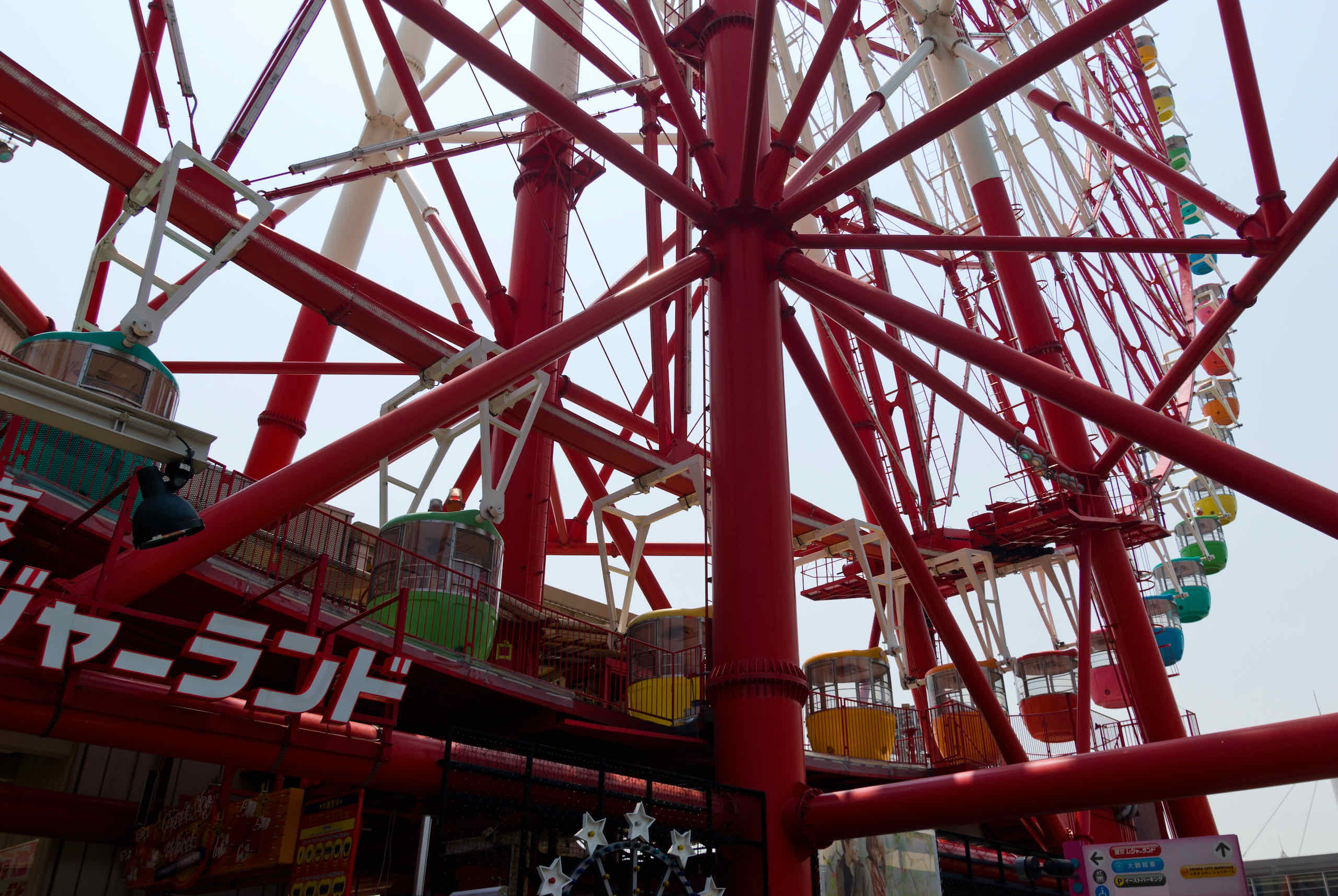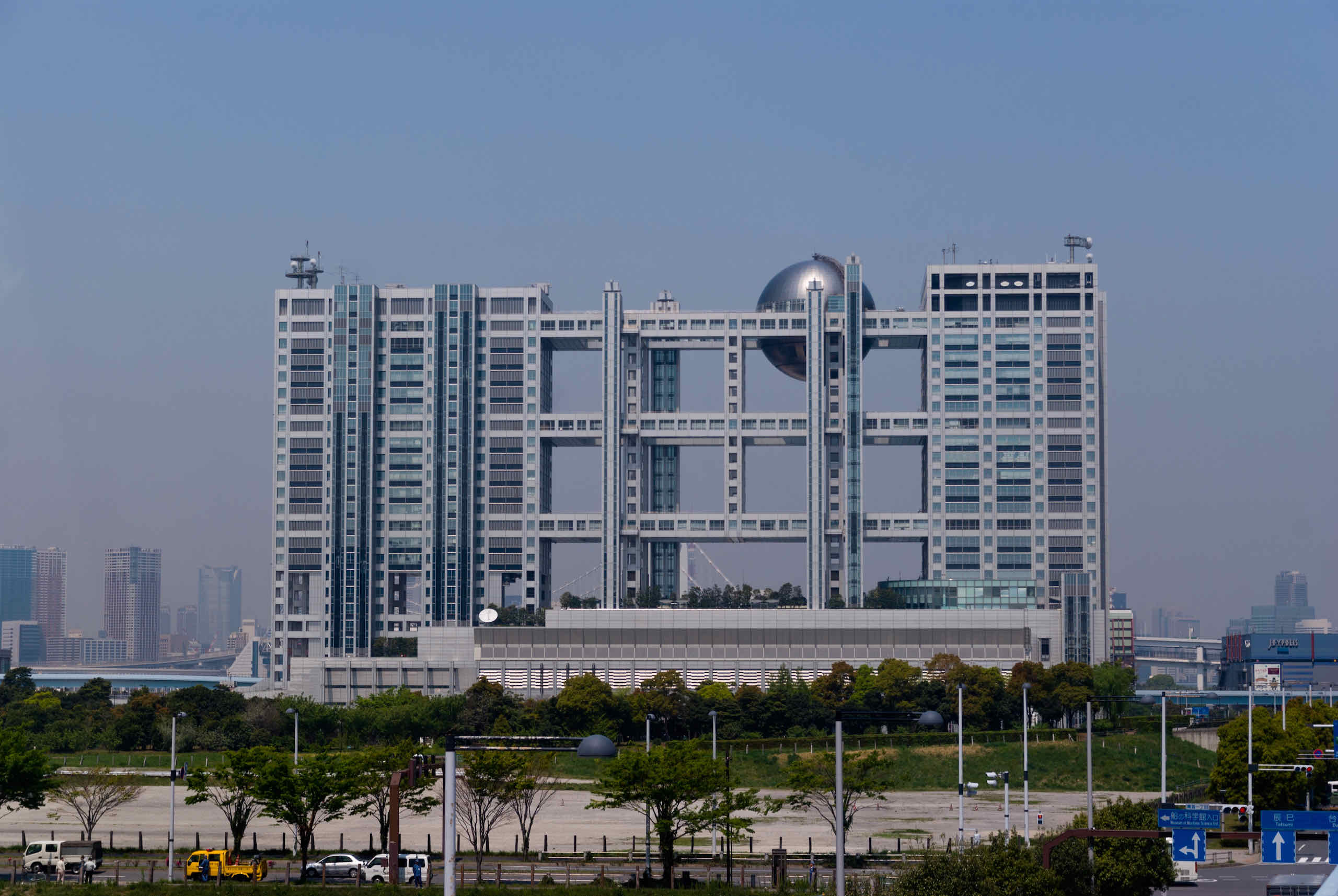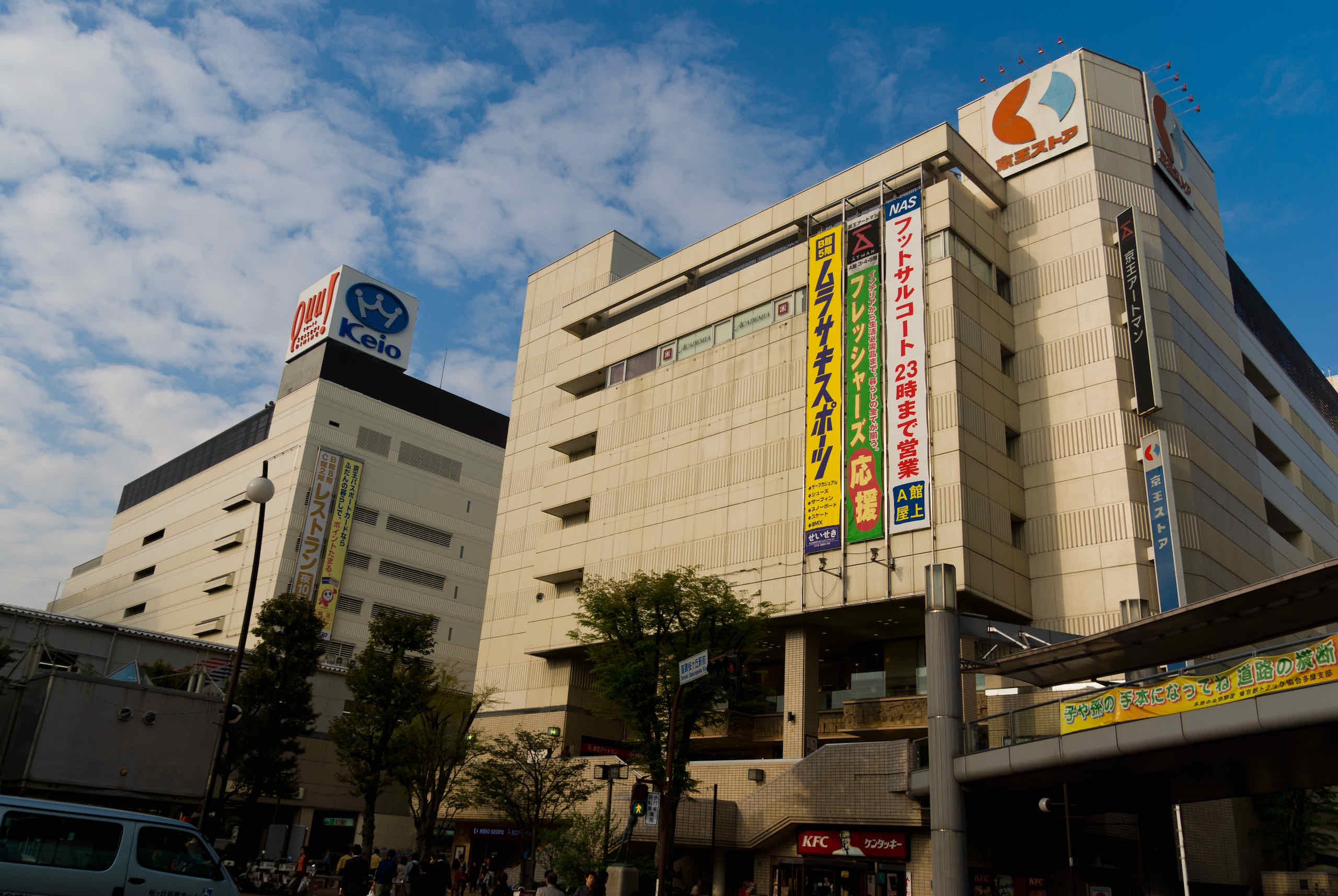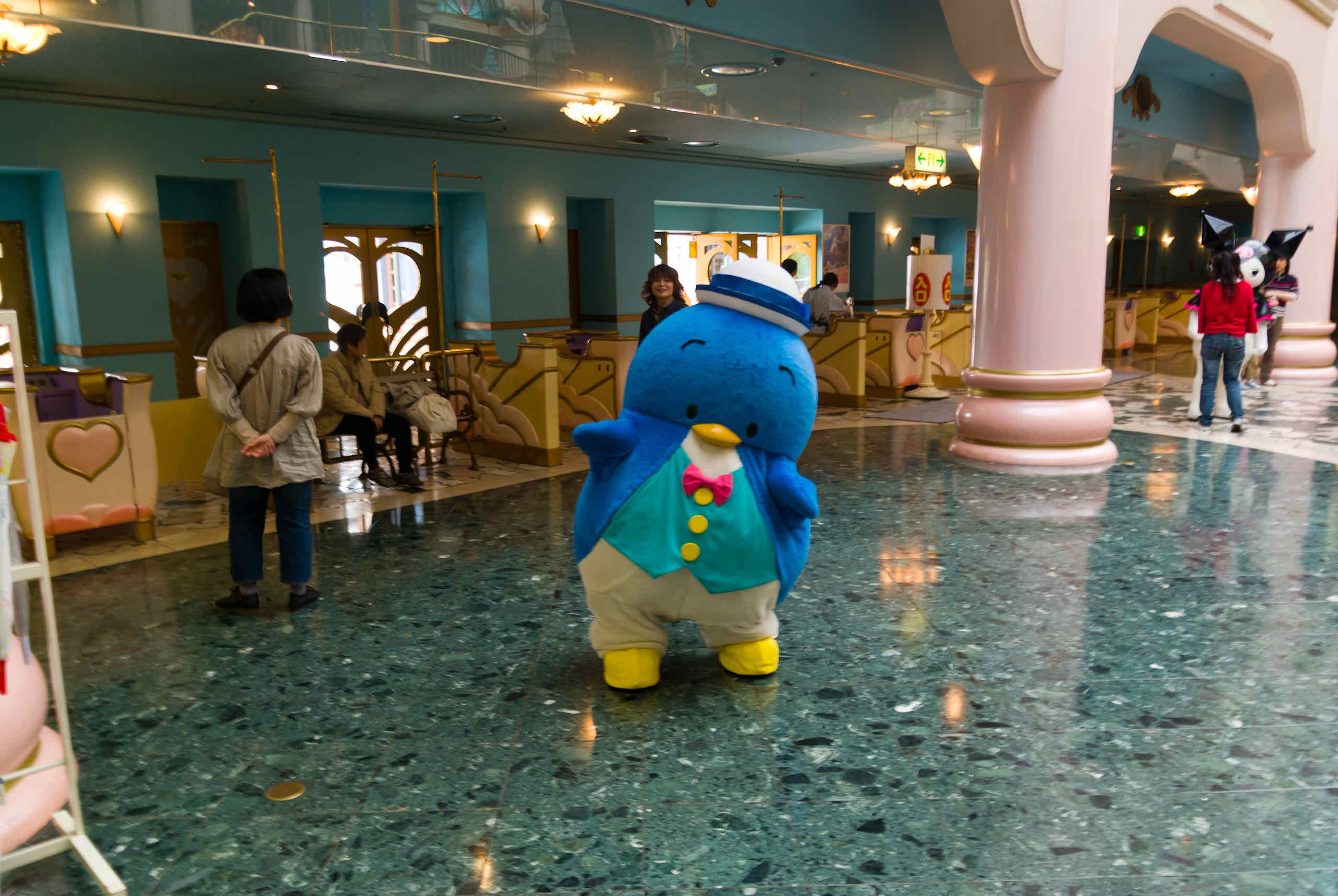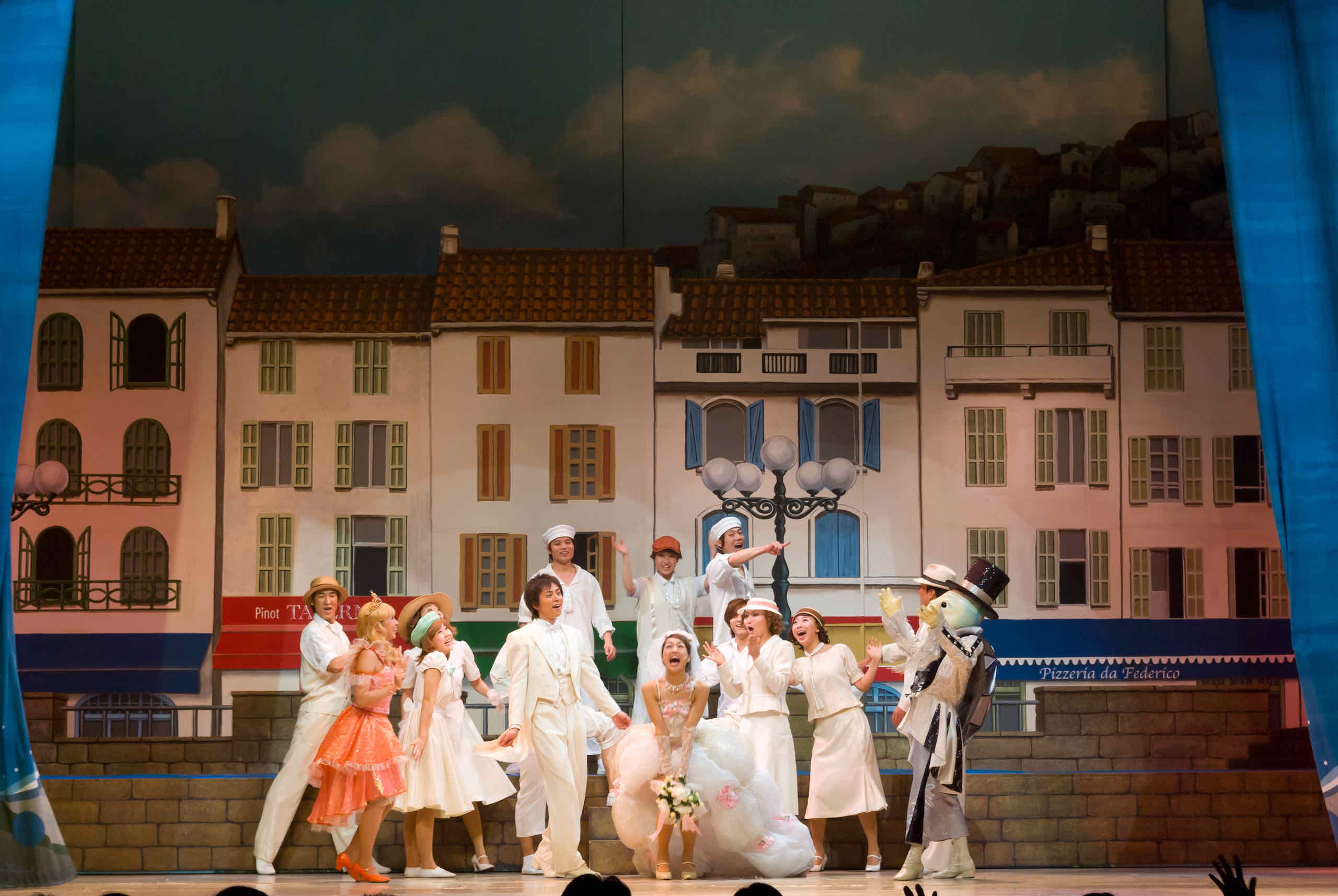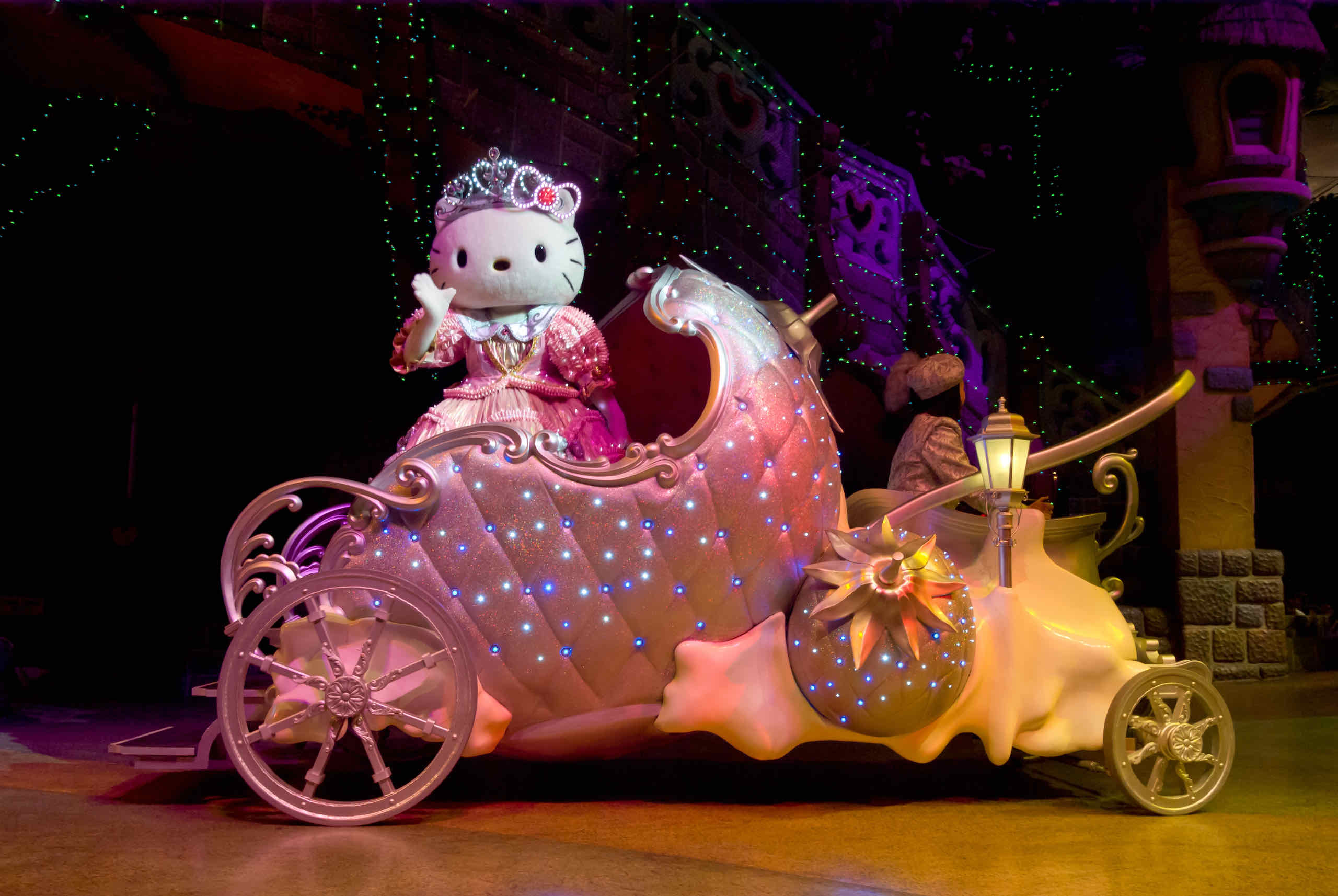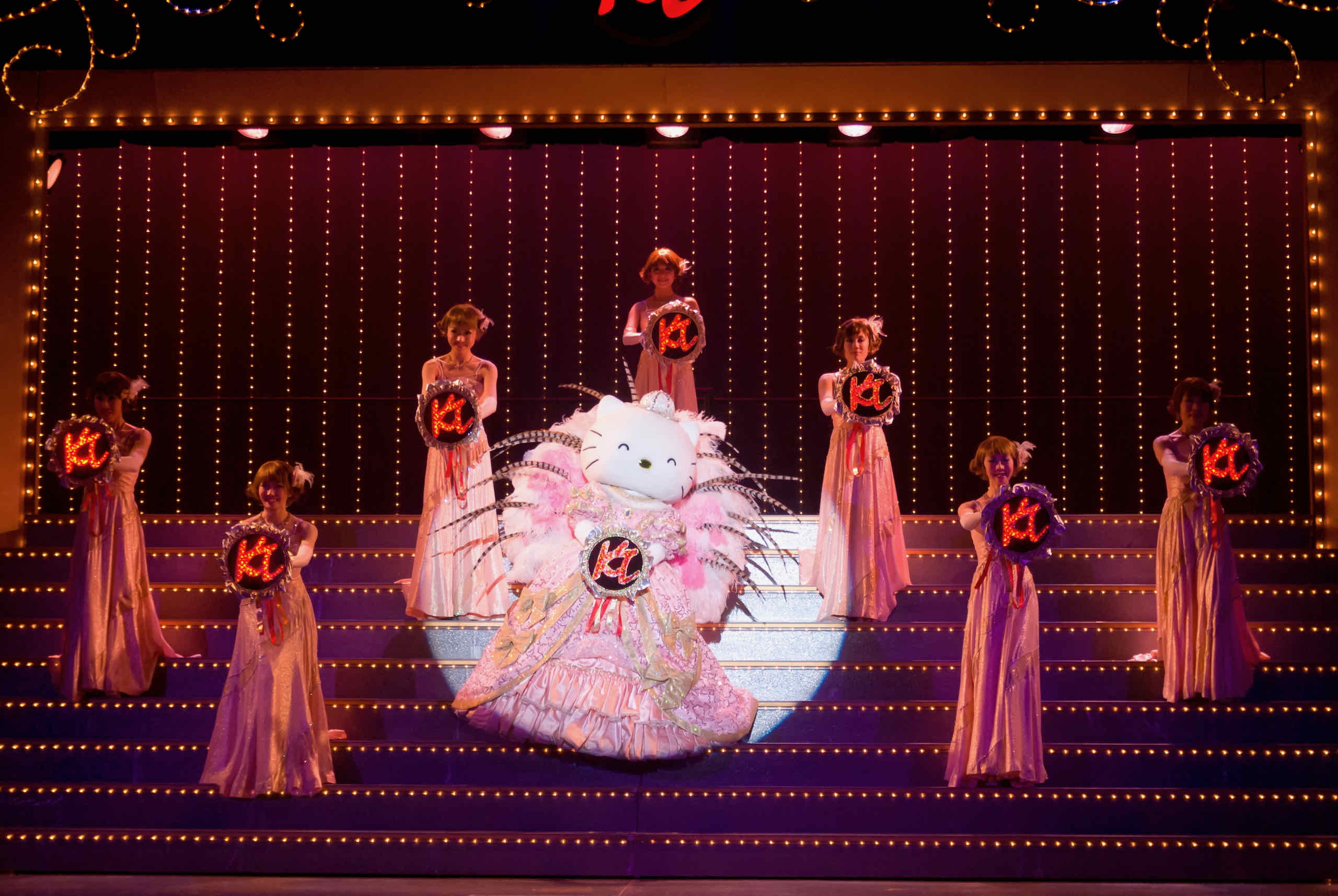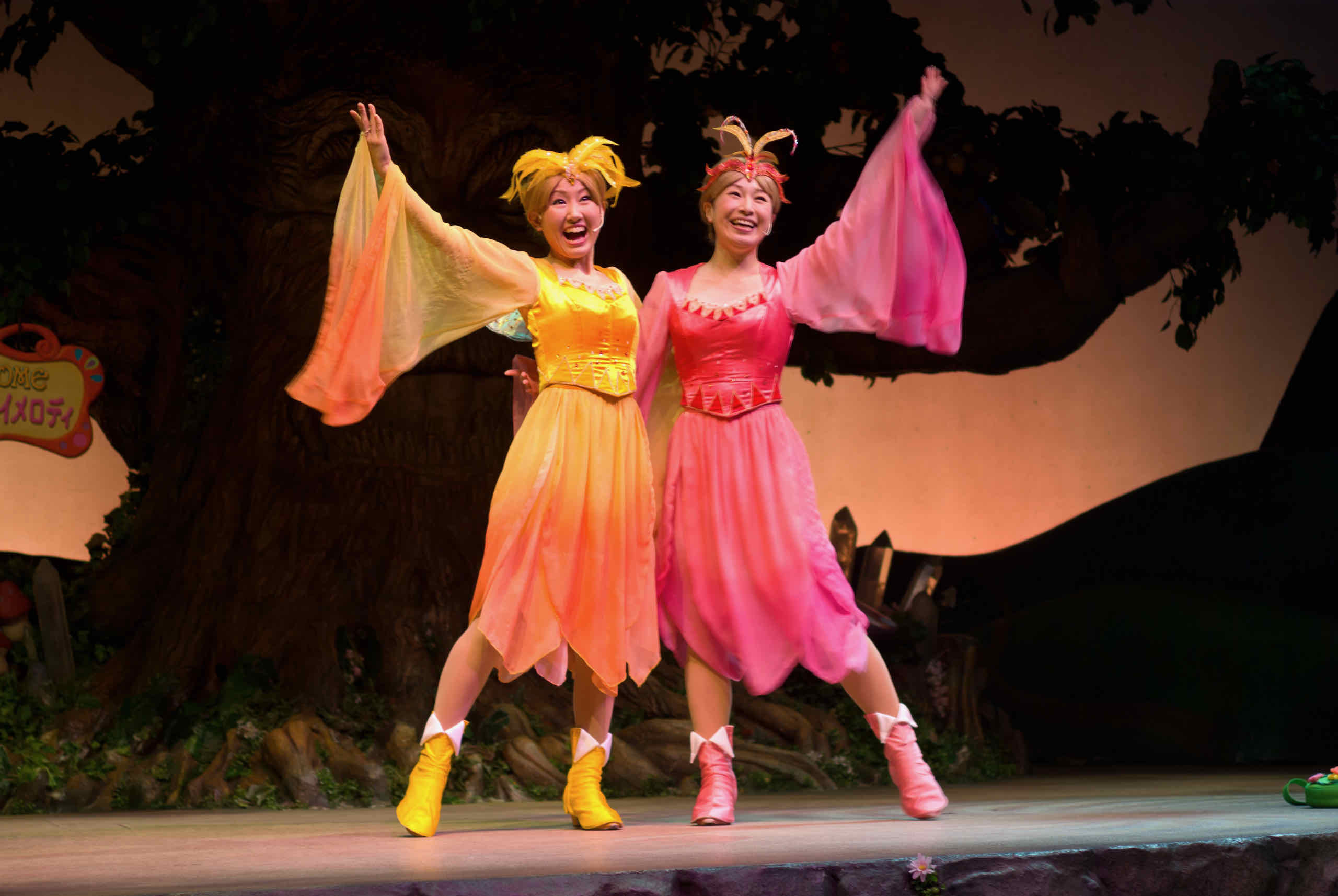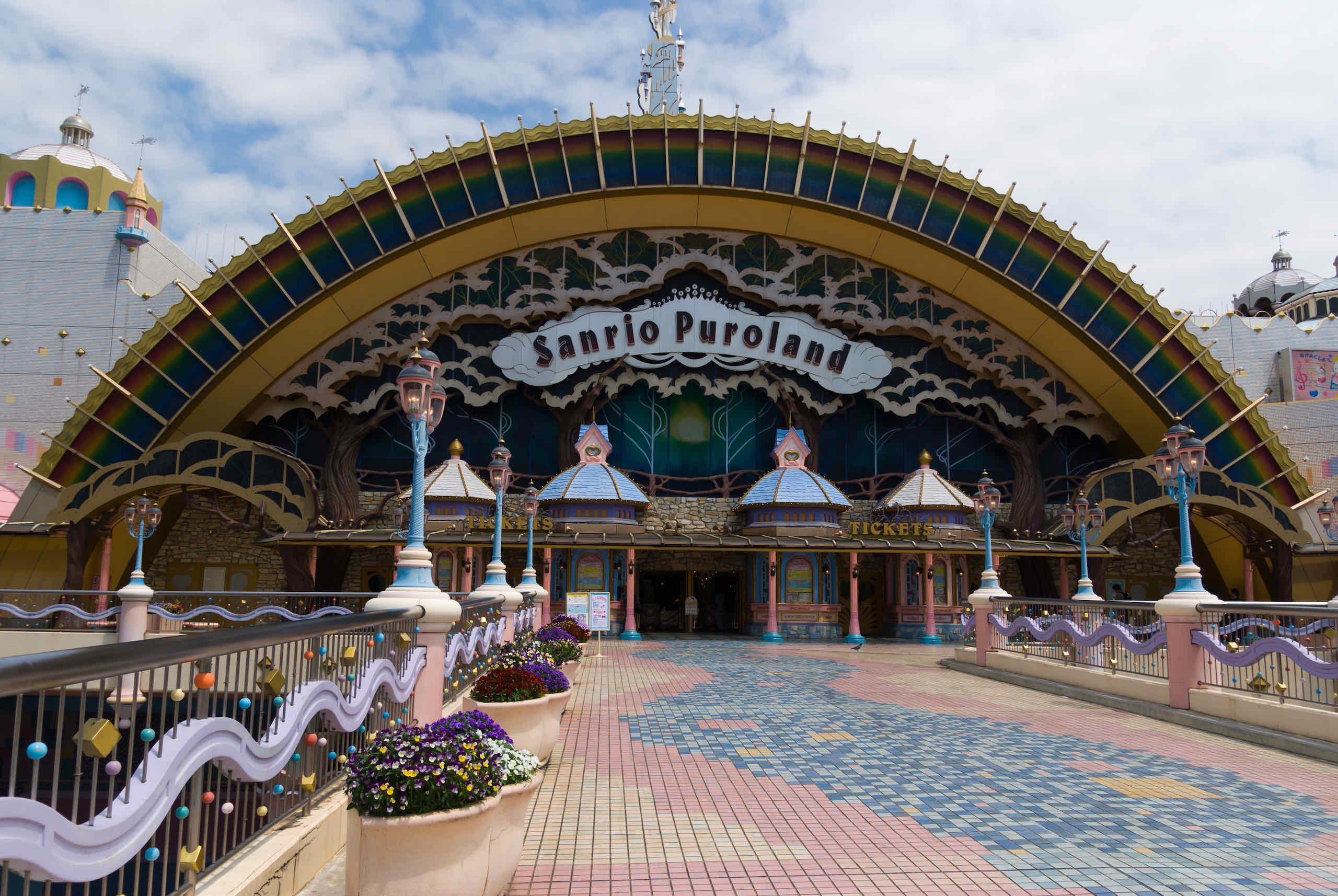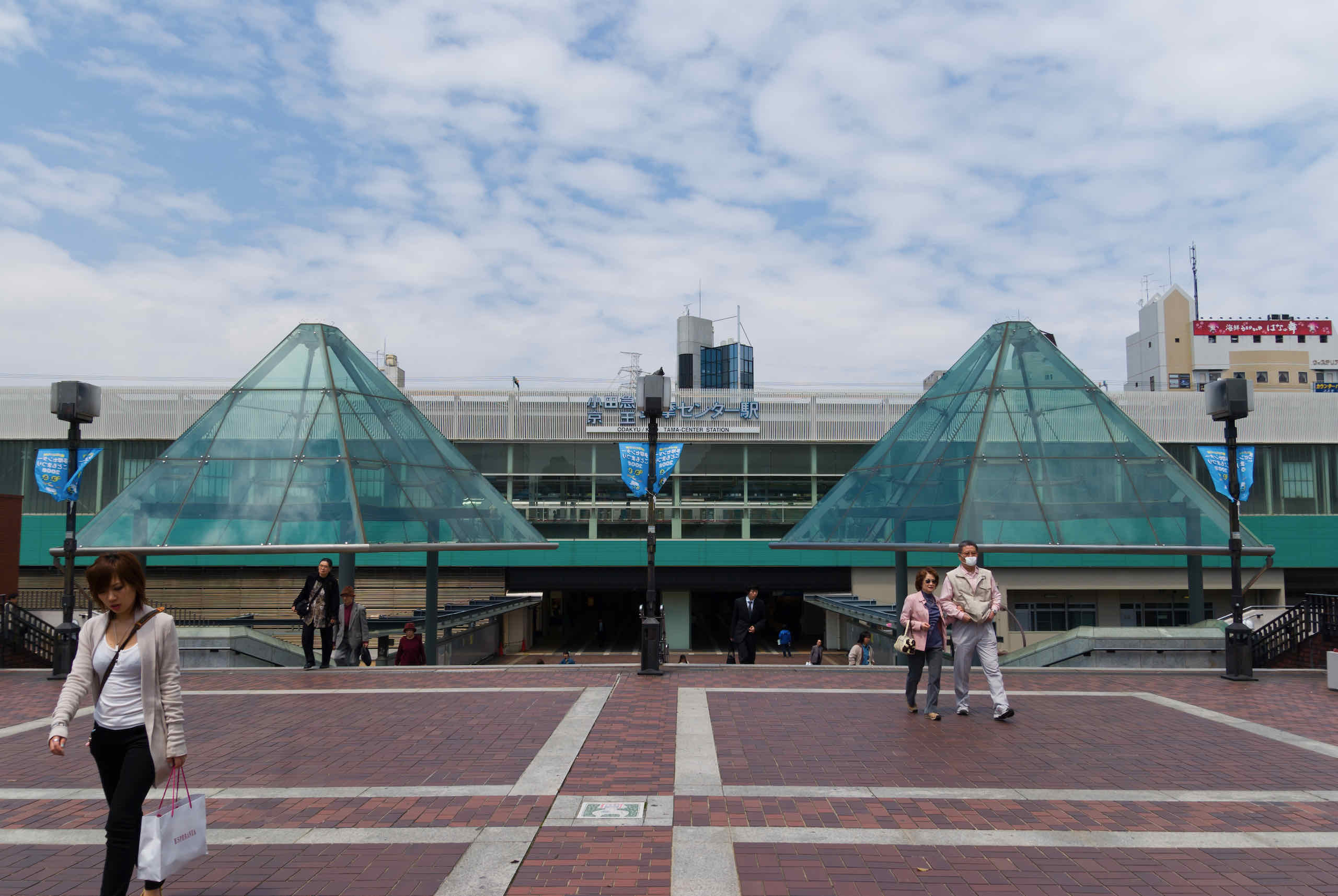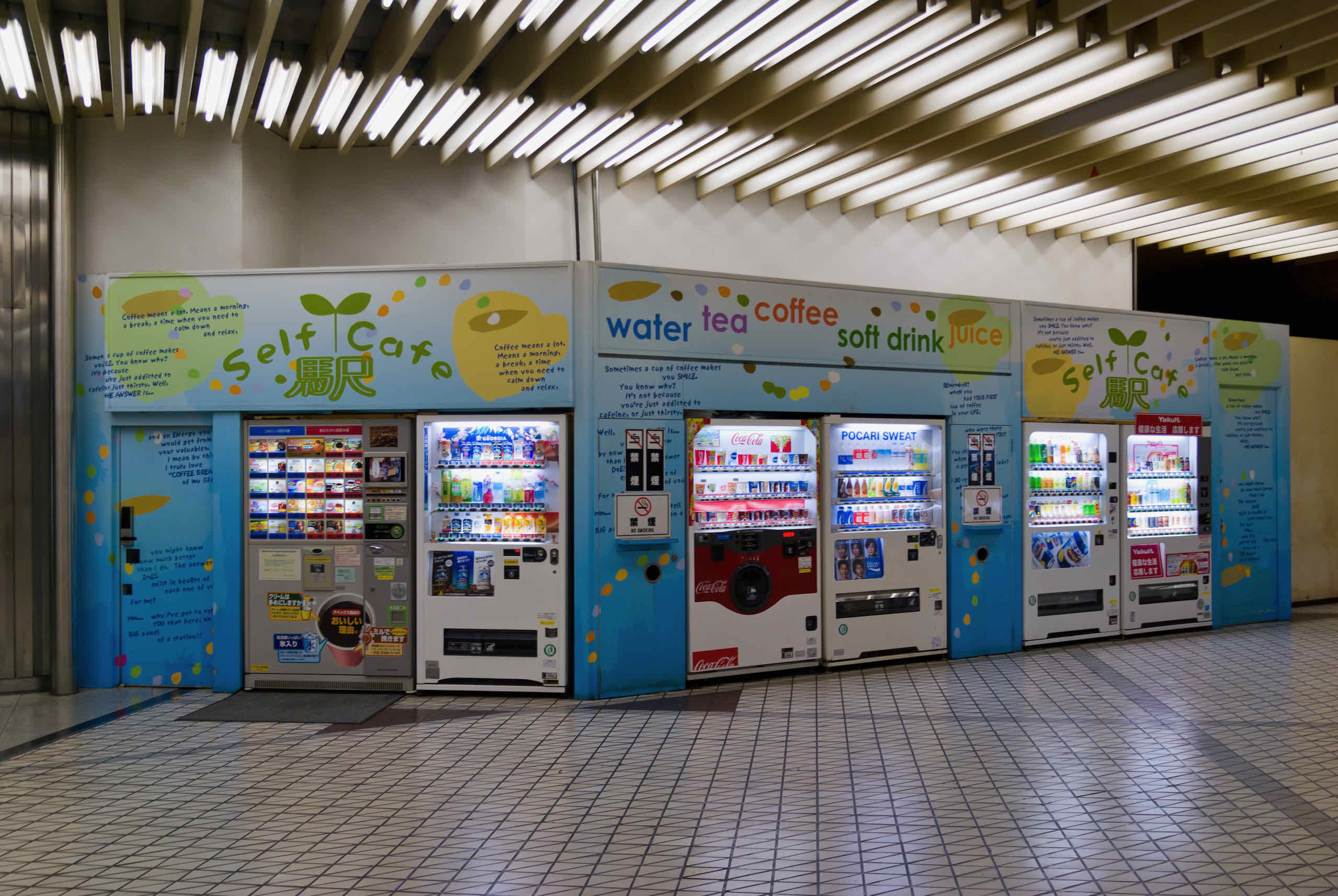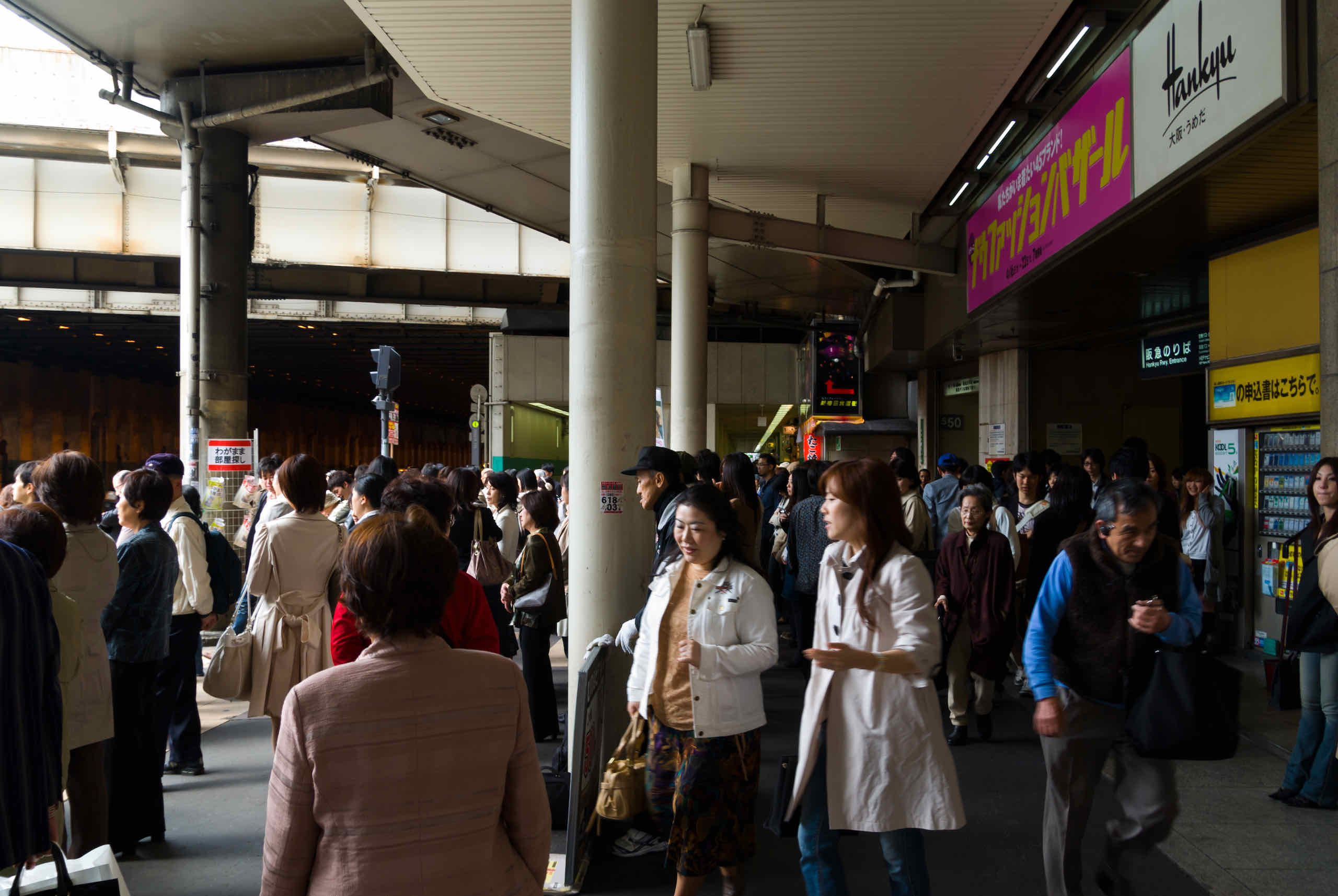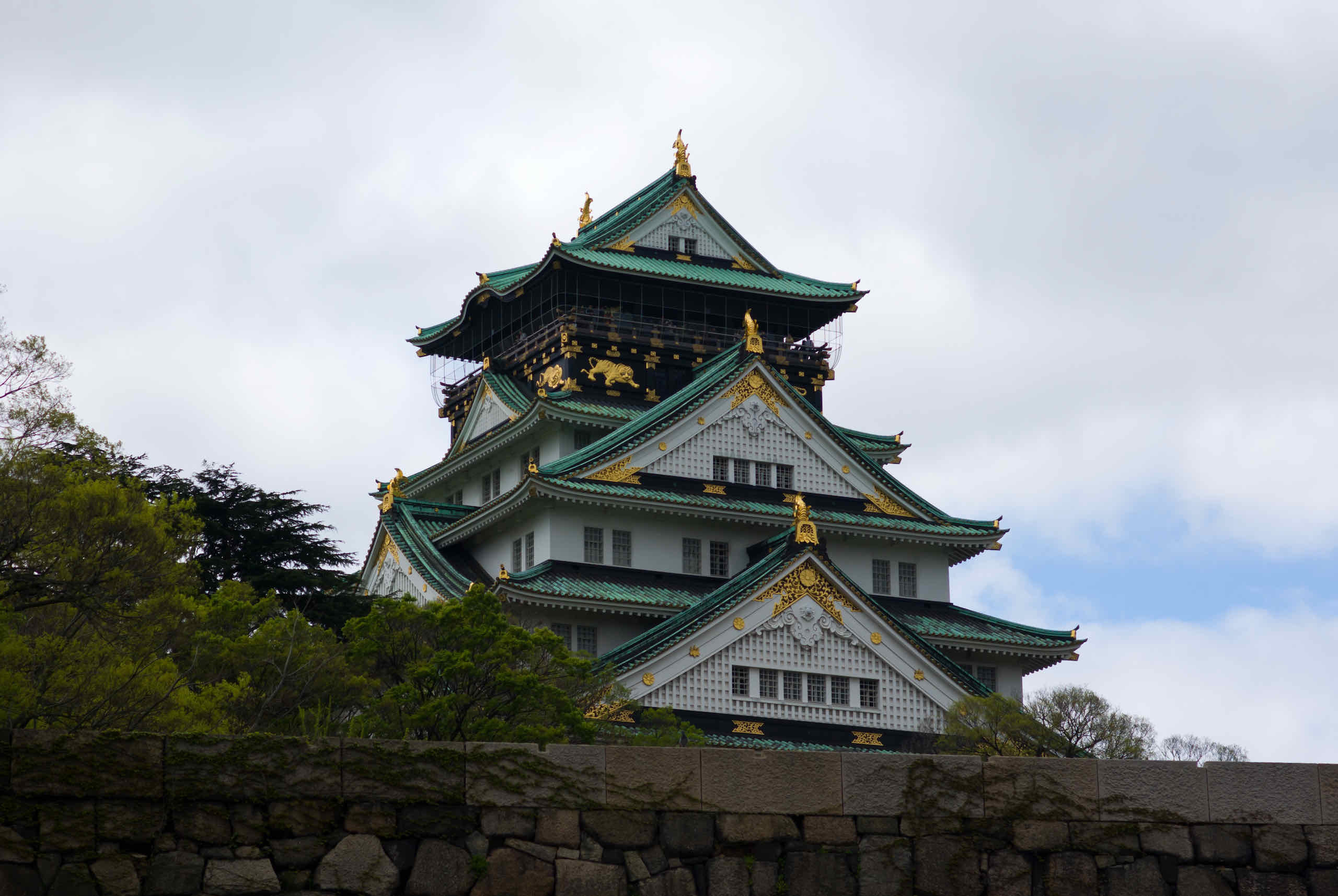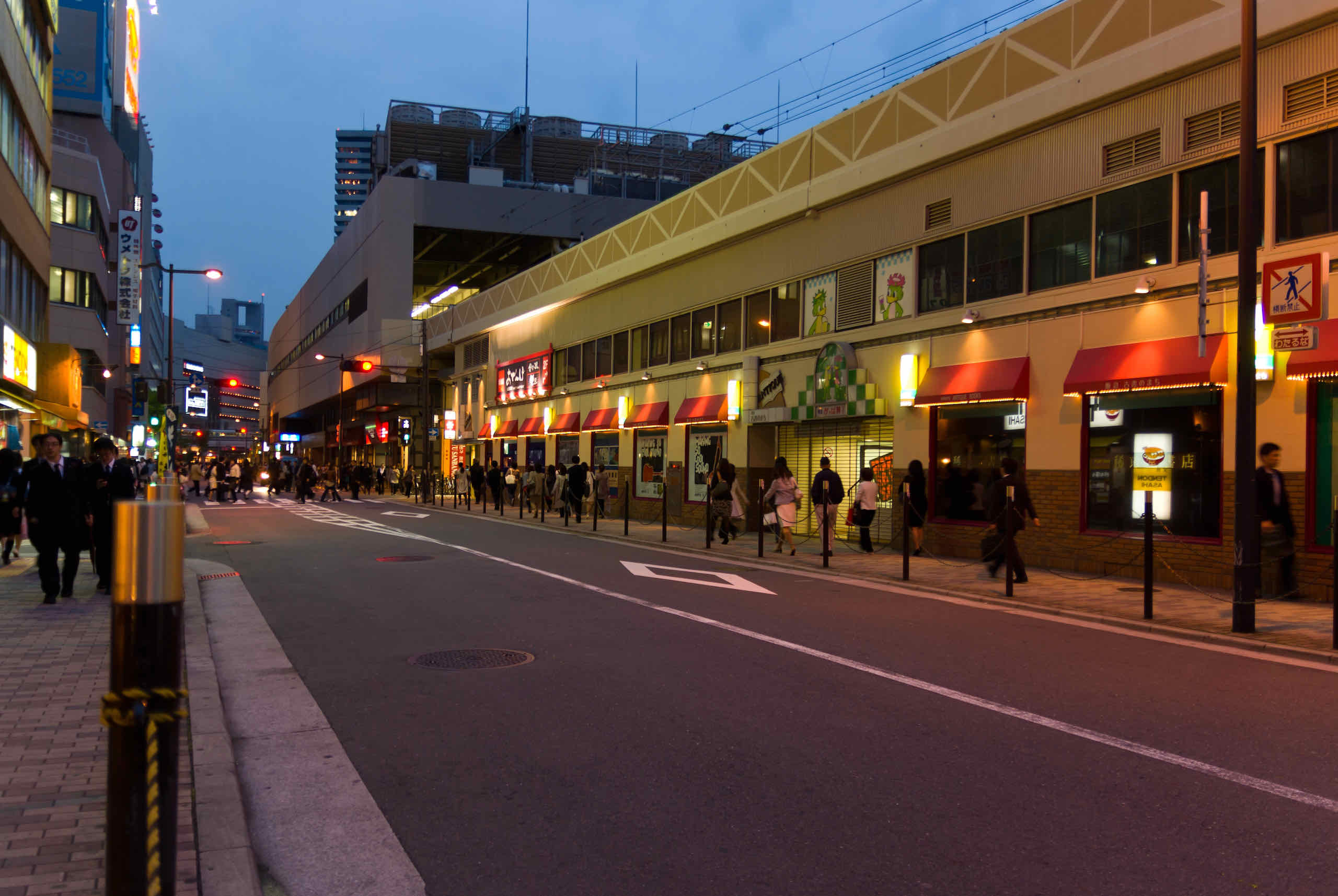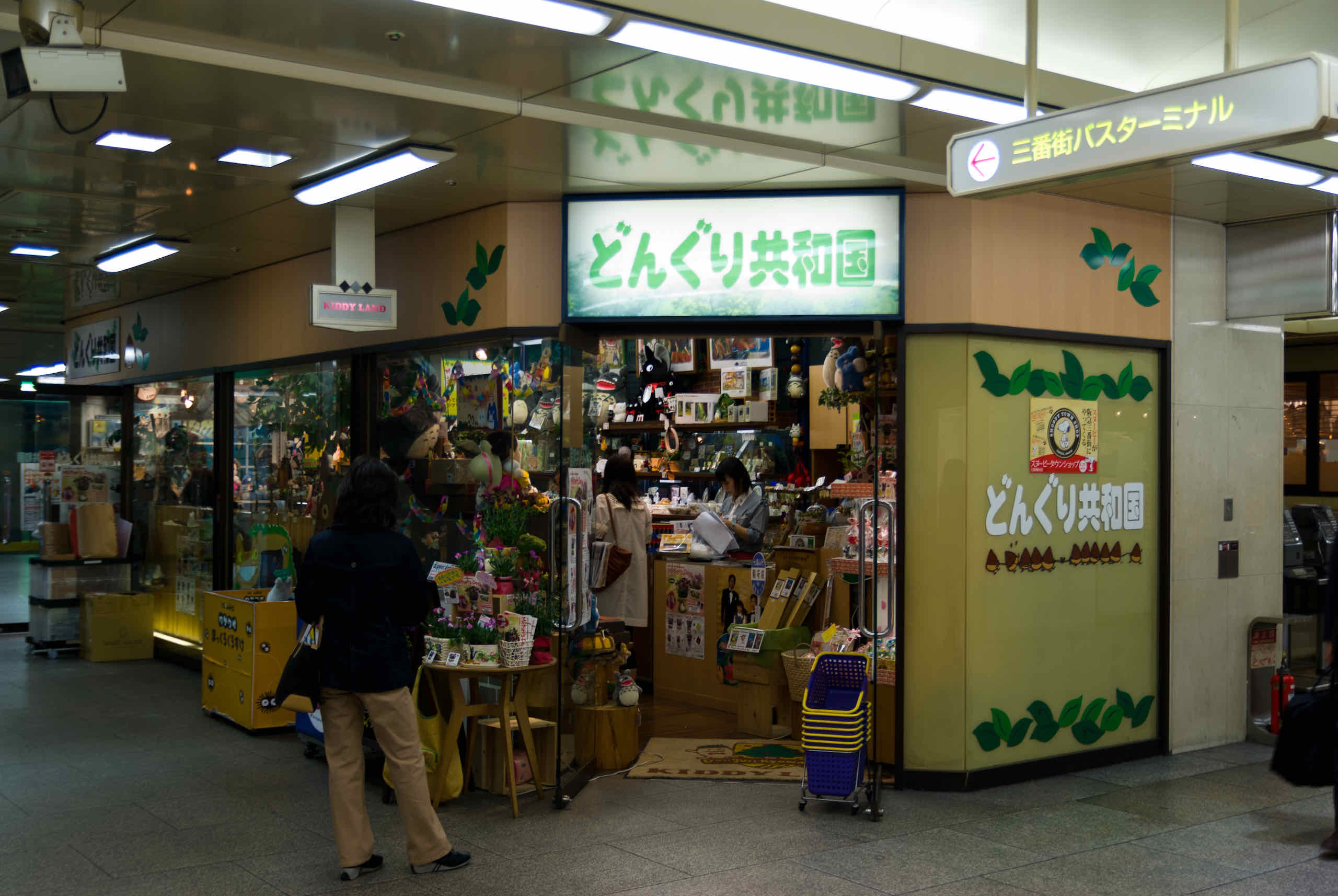Wandering away from the Daibutsuden towards other buildings, we went up the stairs on a path and saw the Asoka Pillar.
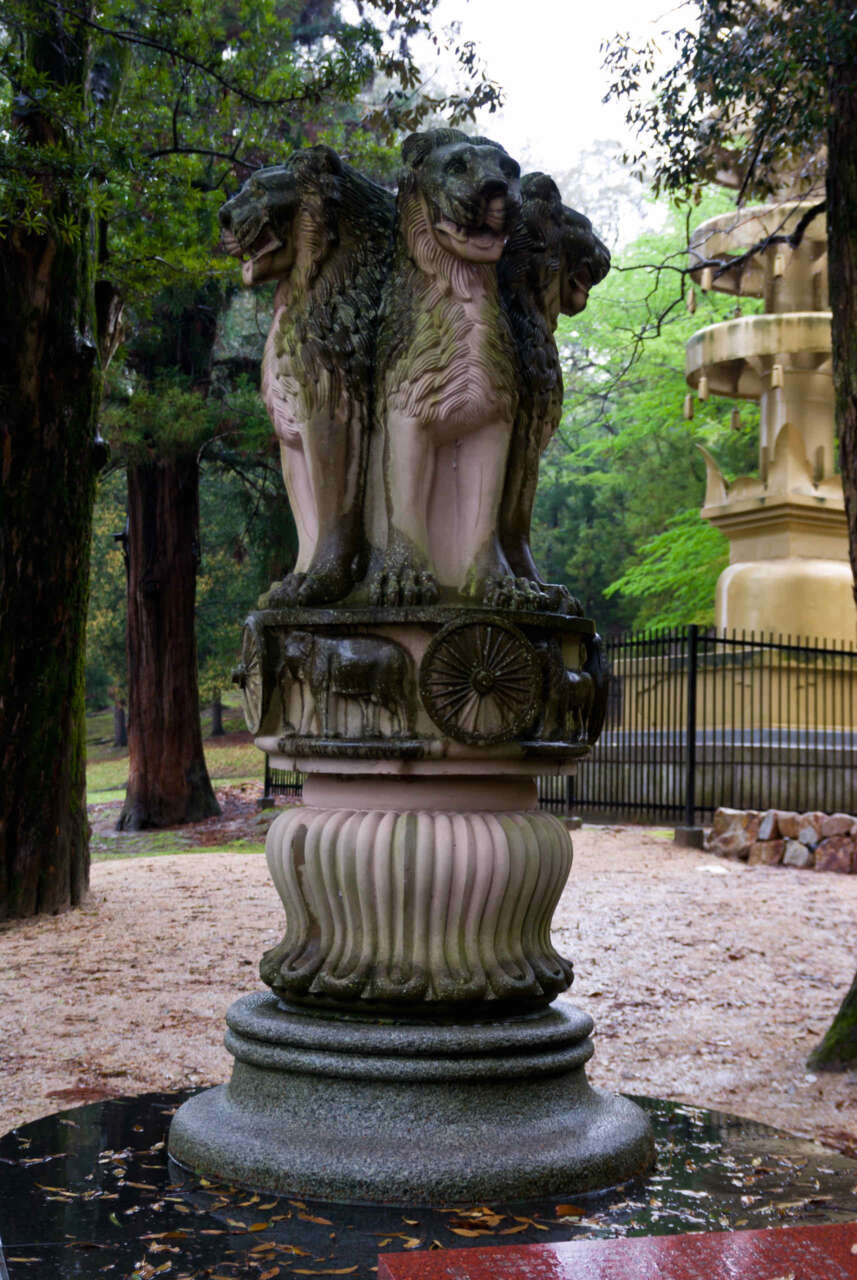
The Asoka Pillar is a replica of a pillar in Sarnath, India, containing the sculpture of a holy lion, and is one of the pillars erected by Asoka the Great (the first Buddhist ruler of India).
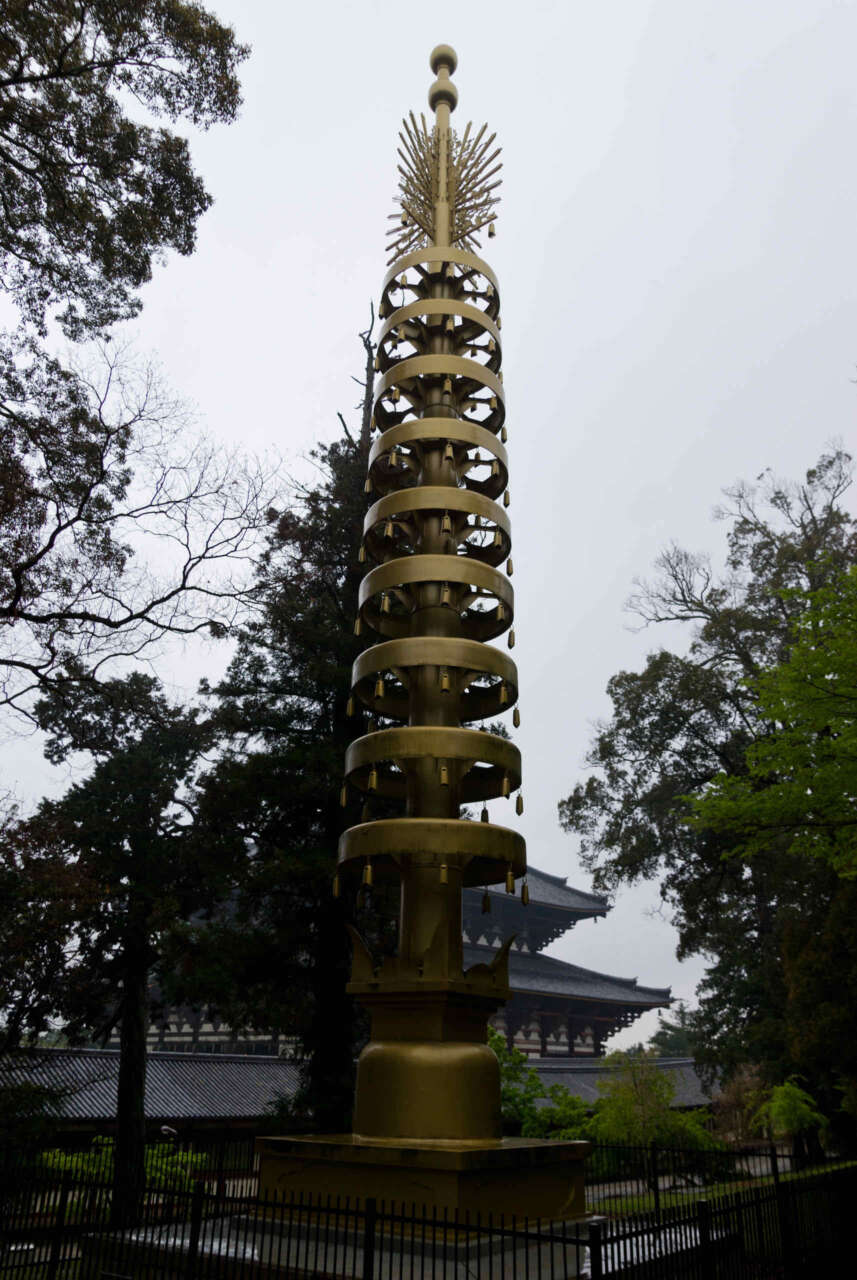
Next to the Asoka pillar is the Sourin (相輪), which was once exhibited on the rooftop of a seven story pagoda constructed for EXPO’70 – a replica of the original pagoda on Toudaiji.
After that, we continued walking along pleasant wooded path and reached the Great Bell (大鐘) – the second largest bell in Japan.
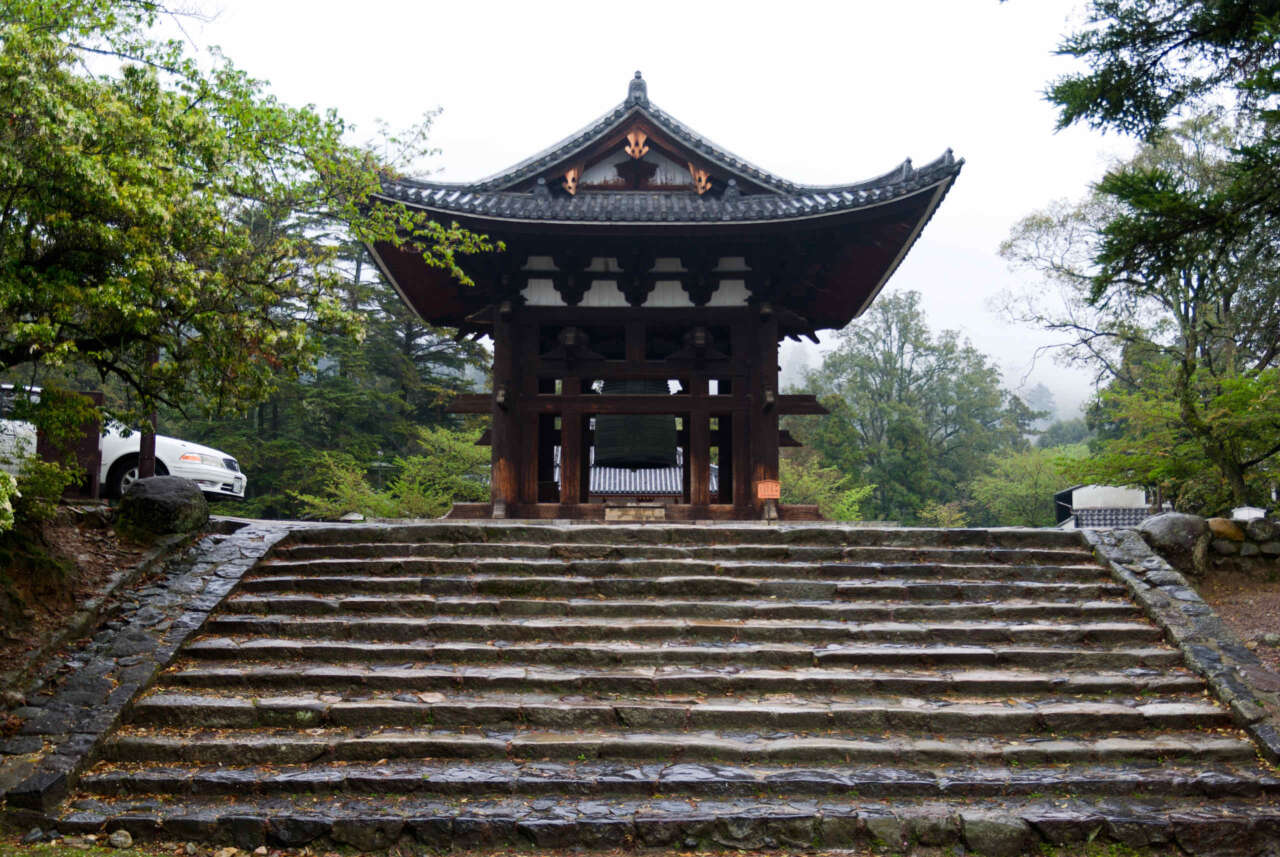
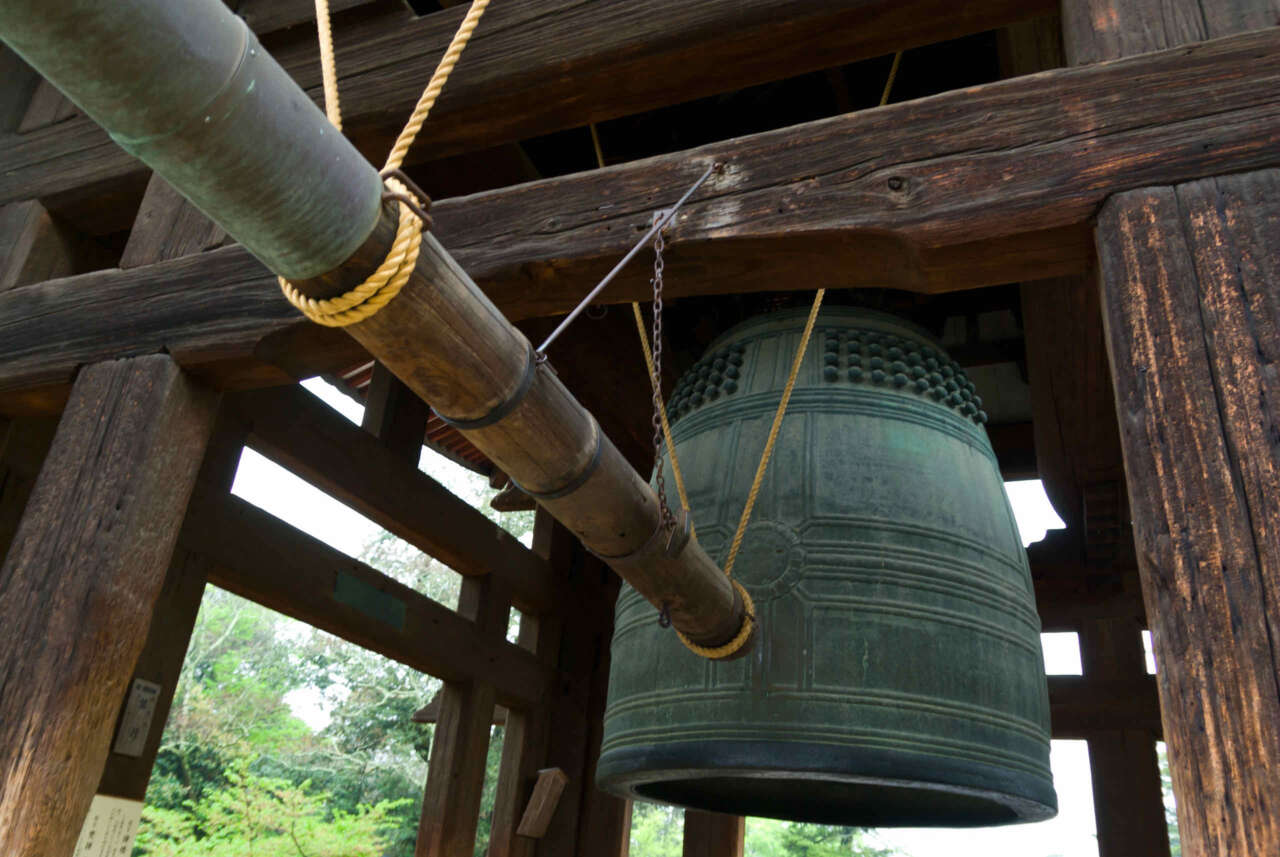
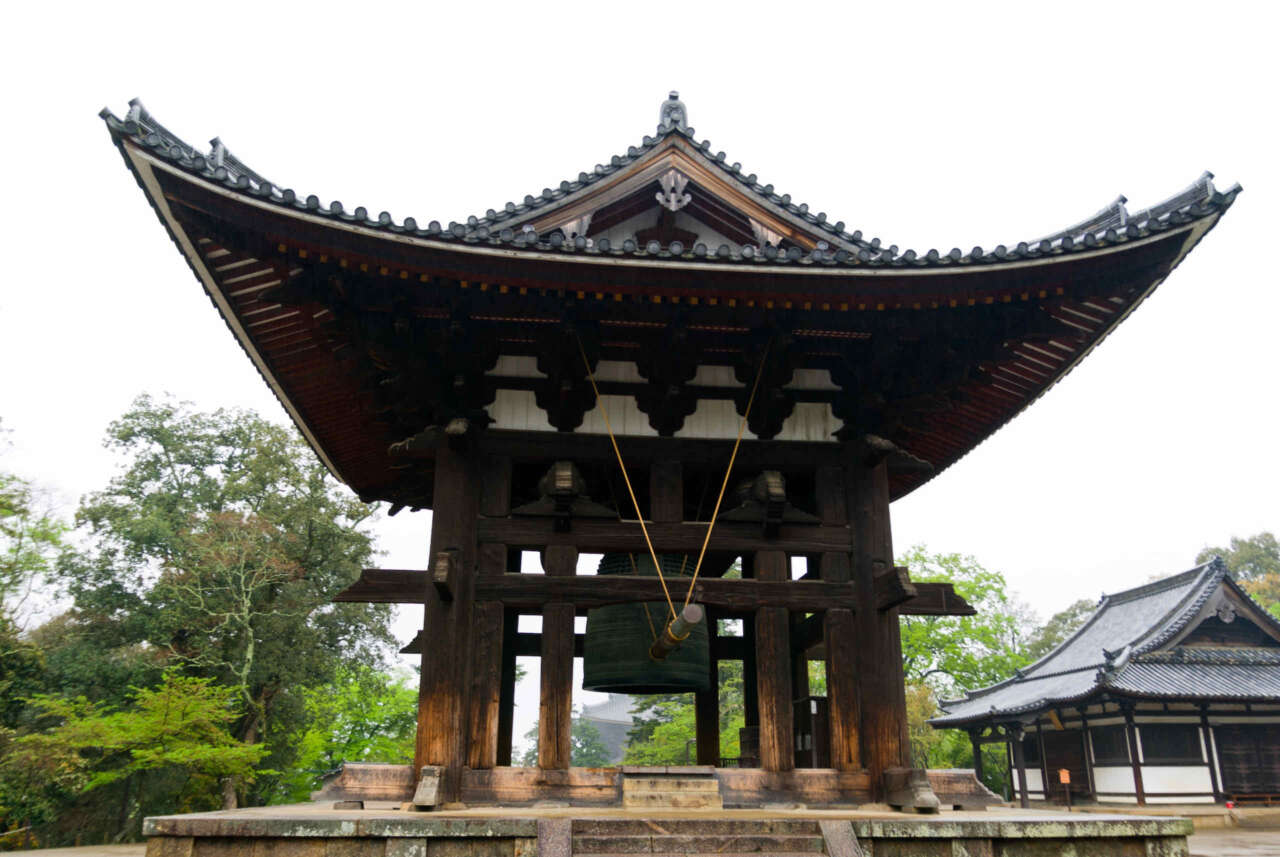
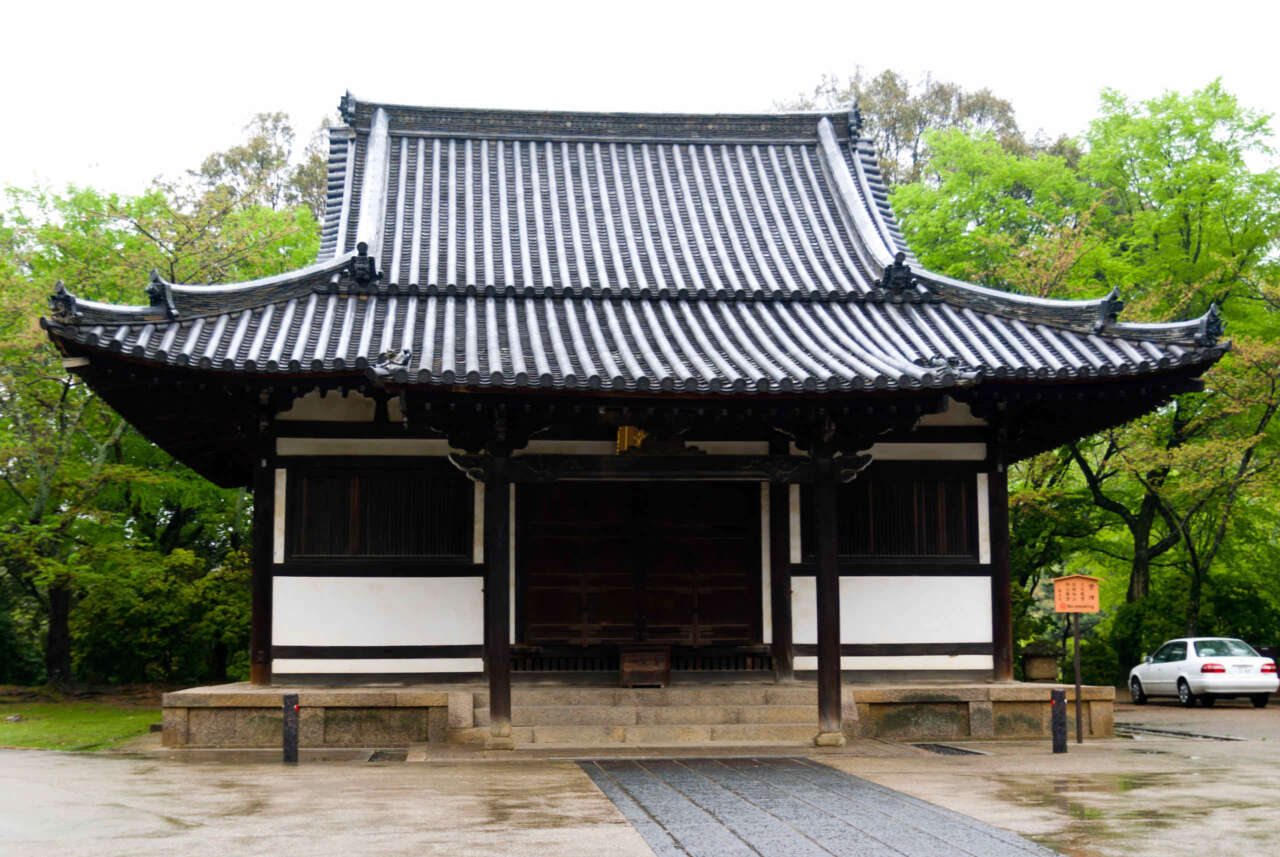
Around the bell tower is a number of buildings. This is the Shunjoudou (俊乗堂) – to commemorate one of the holy priests responsible for building Toudaiji.
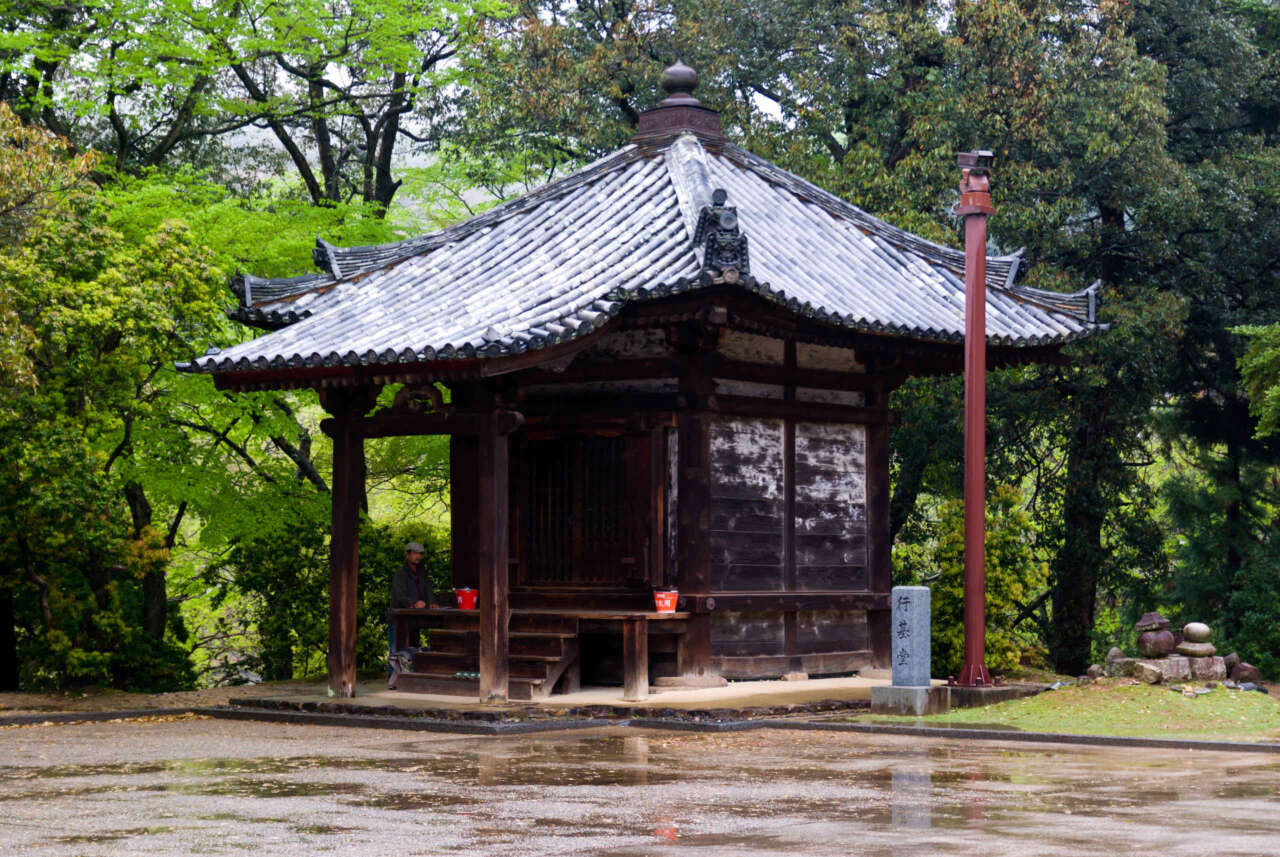
And this is called the Gyoukidou (行基堂).
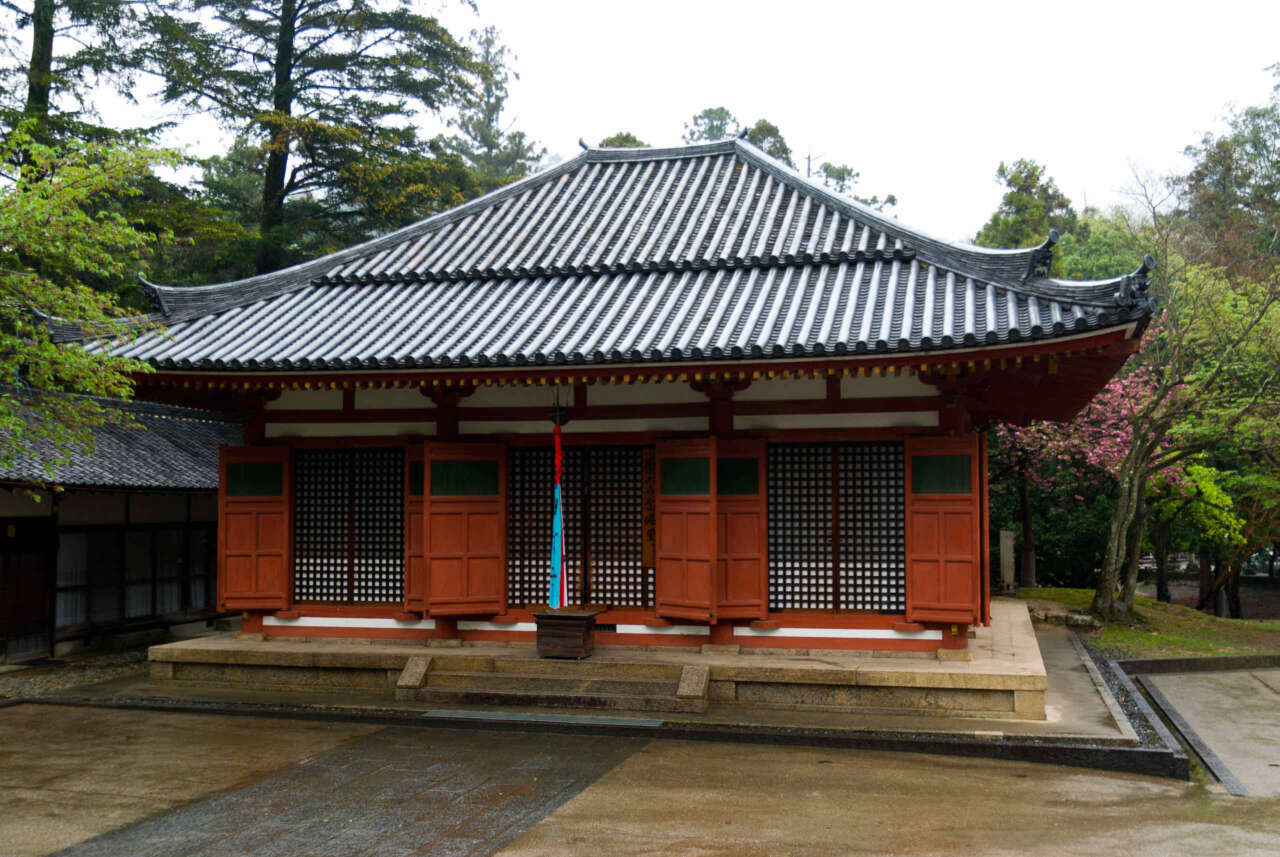
This is the Eireiden (英霊殿).
After that, we visited February Hall – Nigatsudou (二月堂) – do called because it is used for a very important ceremony (Shuni-e) held in February each year.
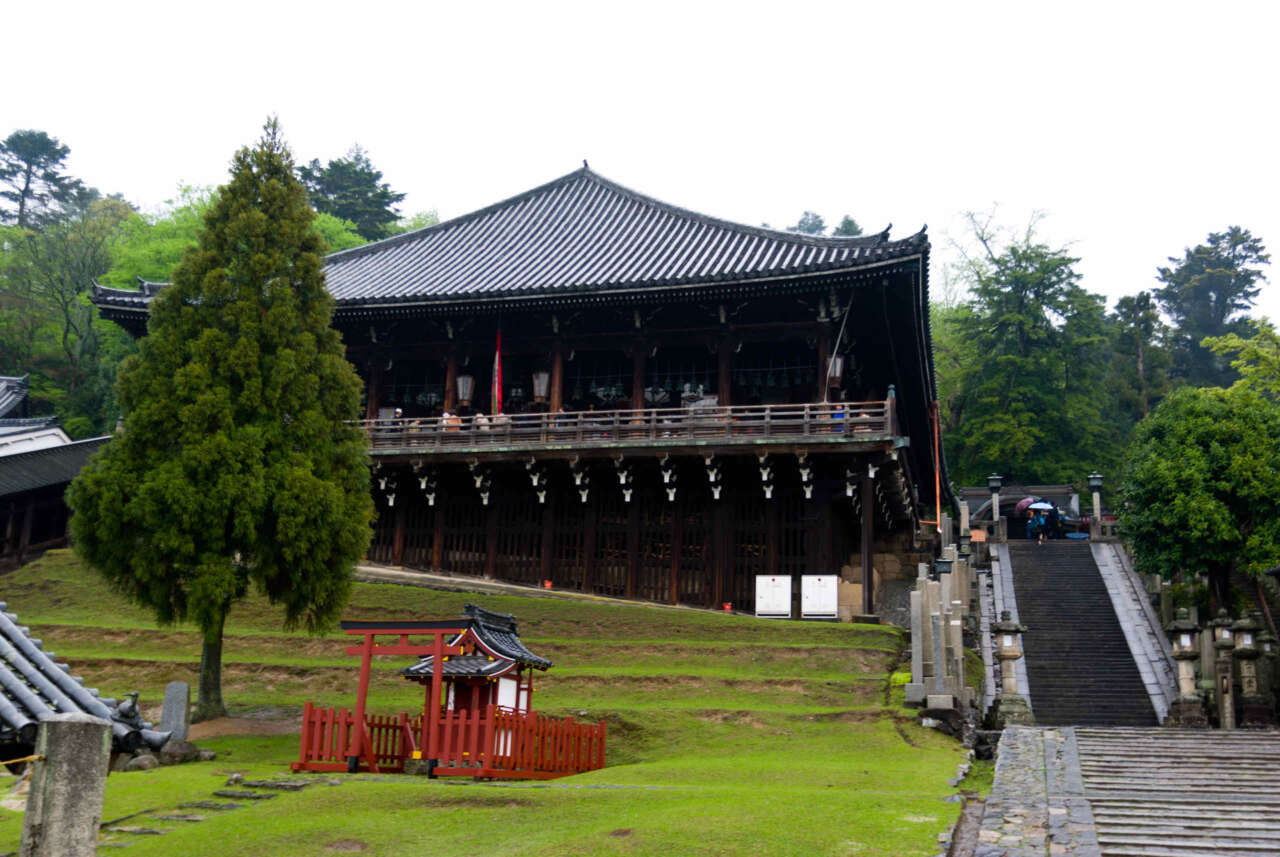
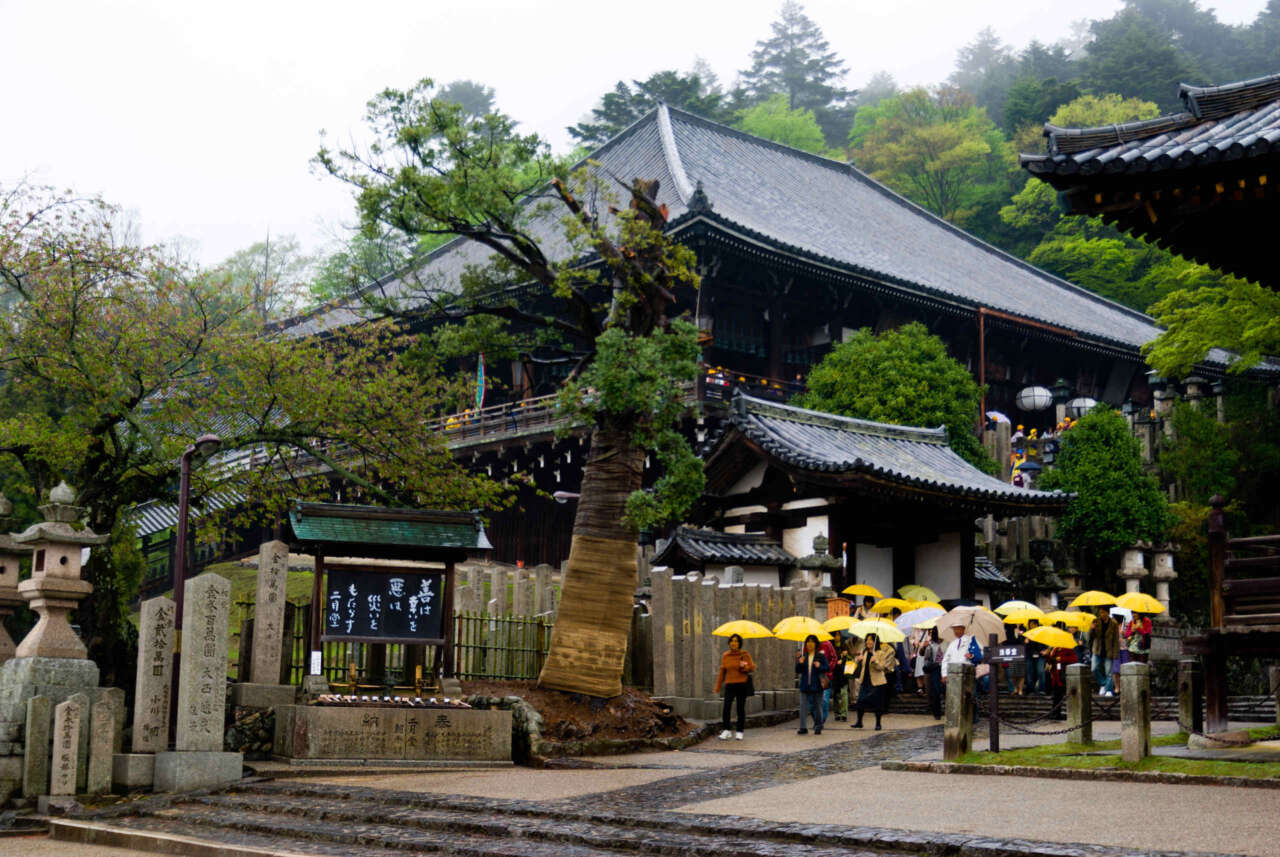
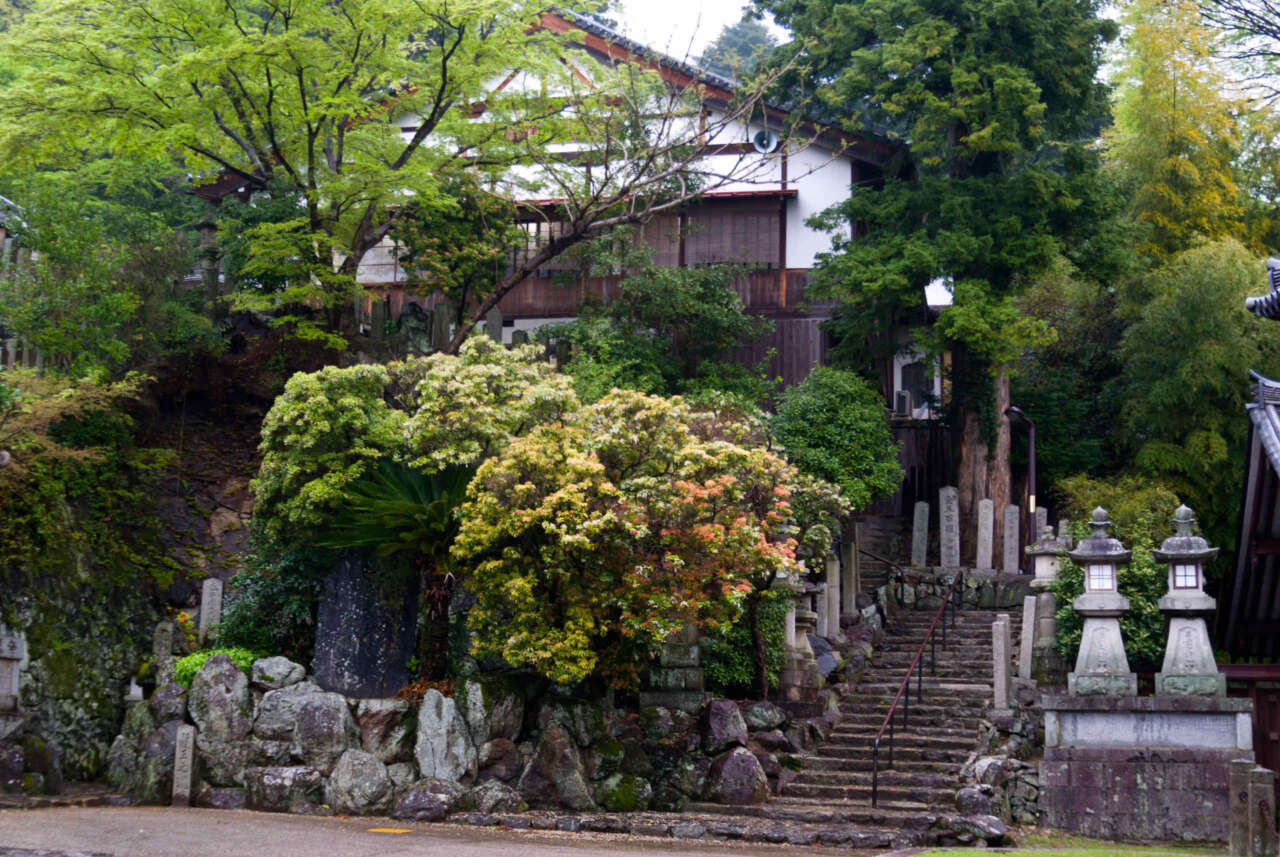
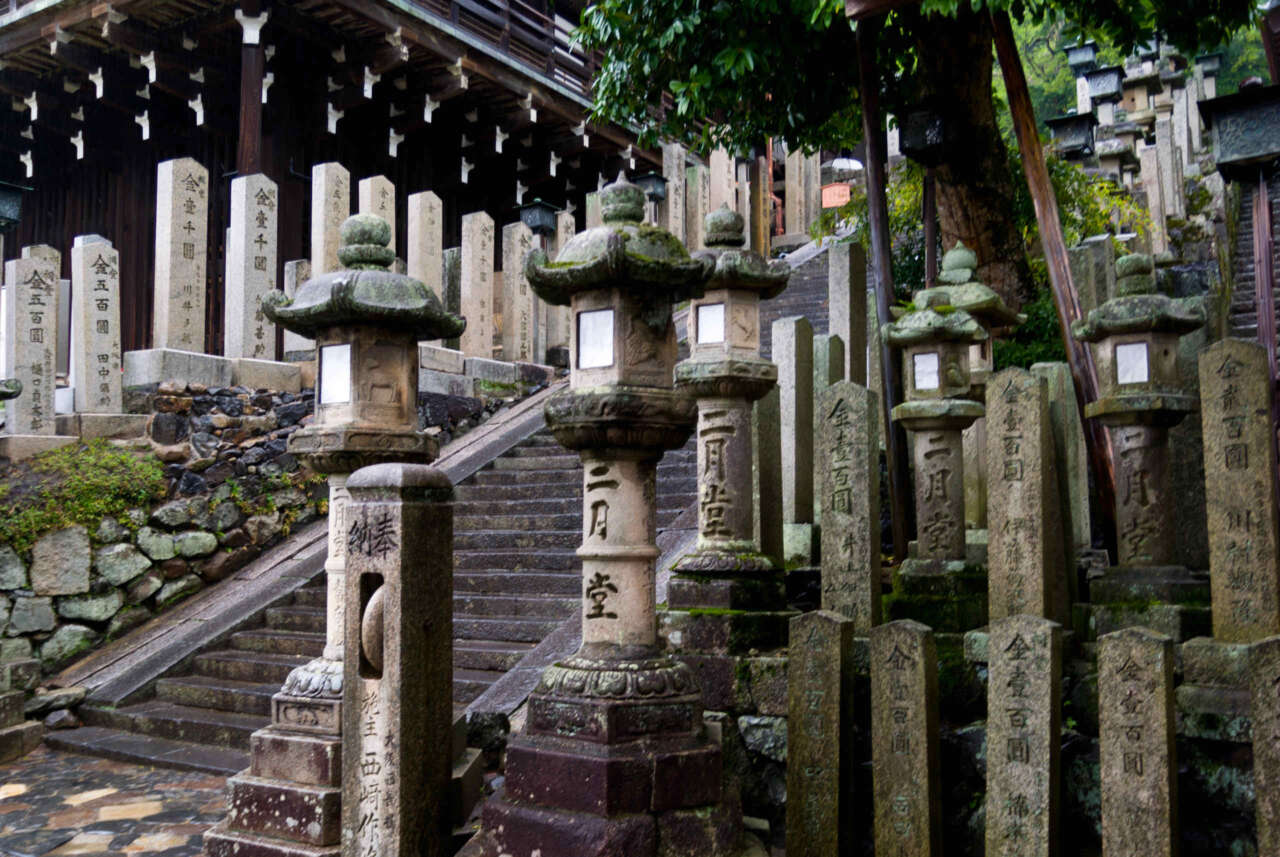
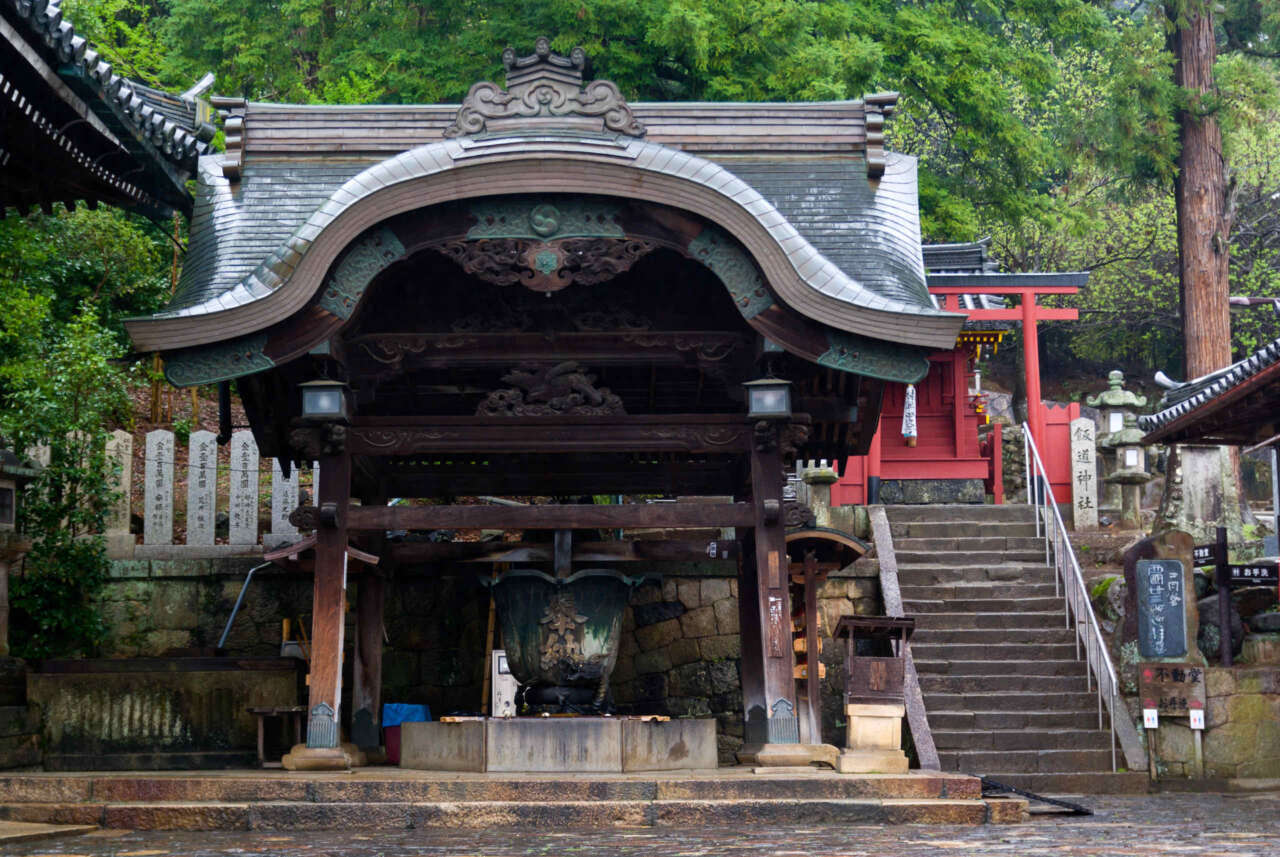
On top of the stairs is a small shrine – Handoushinsha (飯道神社).
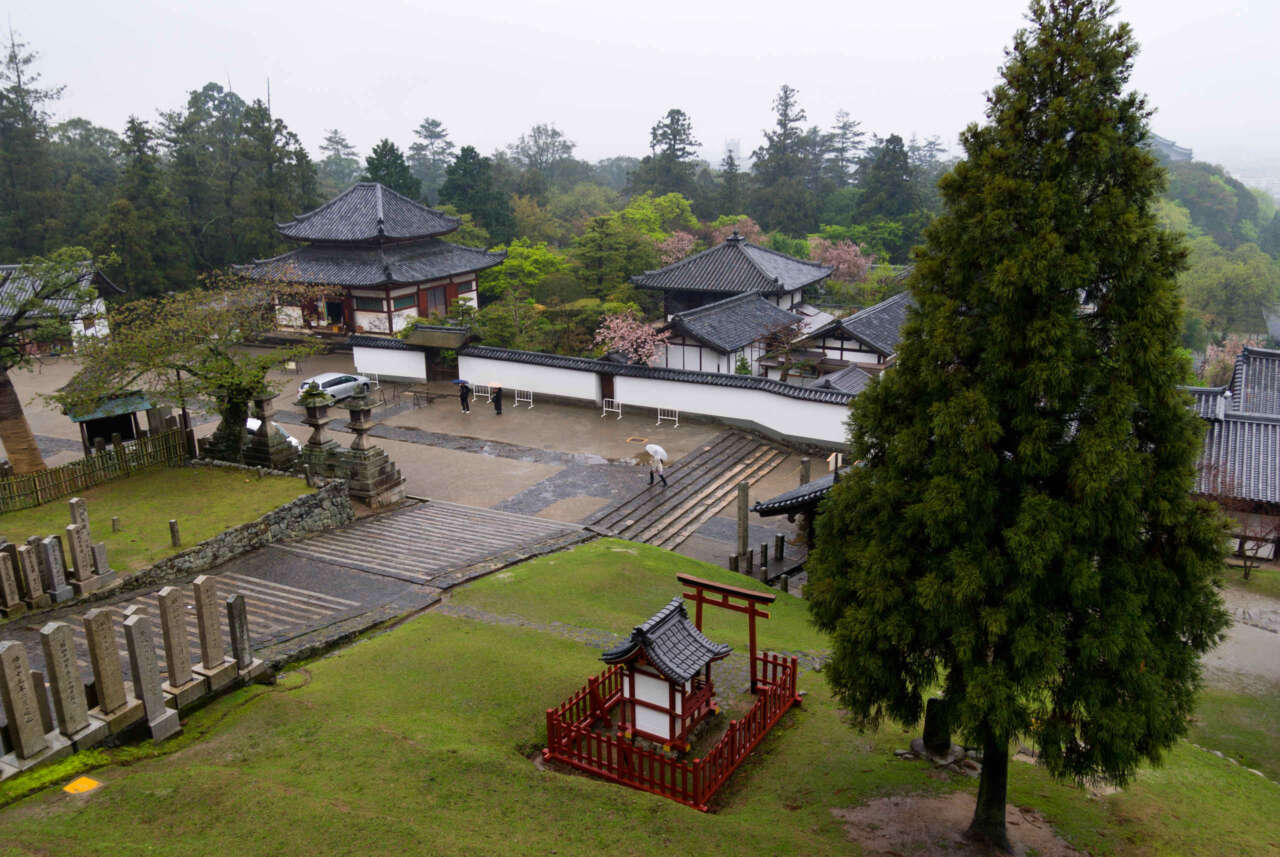
View from above the stairs.
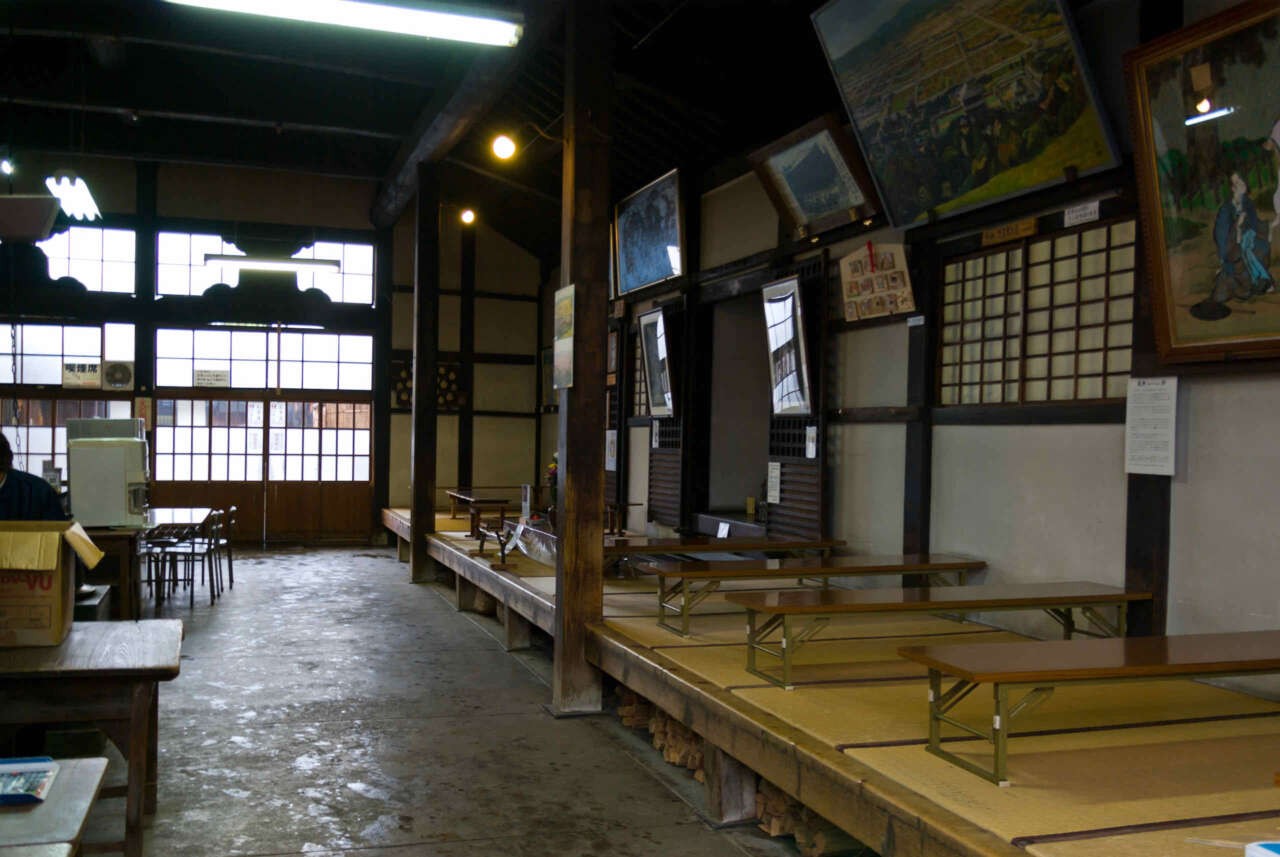
Inside the building, there is a hall for ceremonies. The acoustics of the hall are said to be excellent.
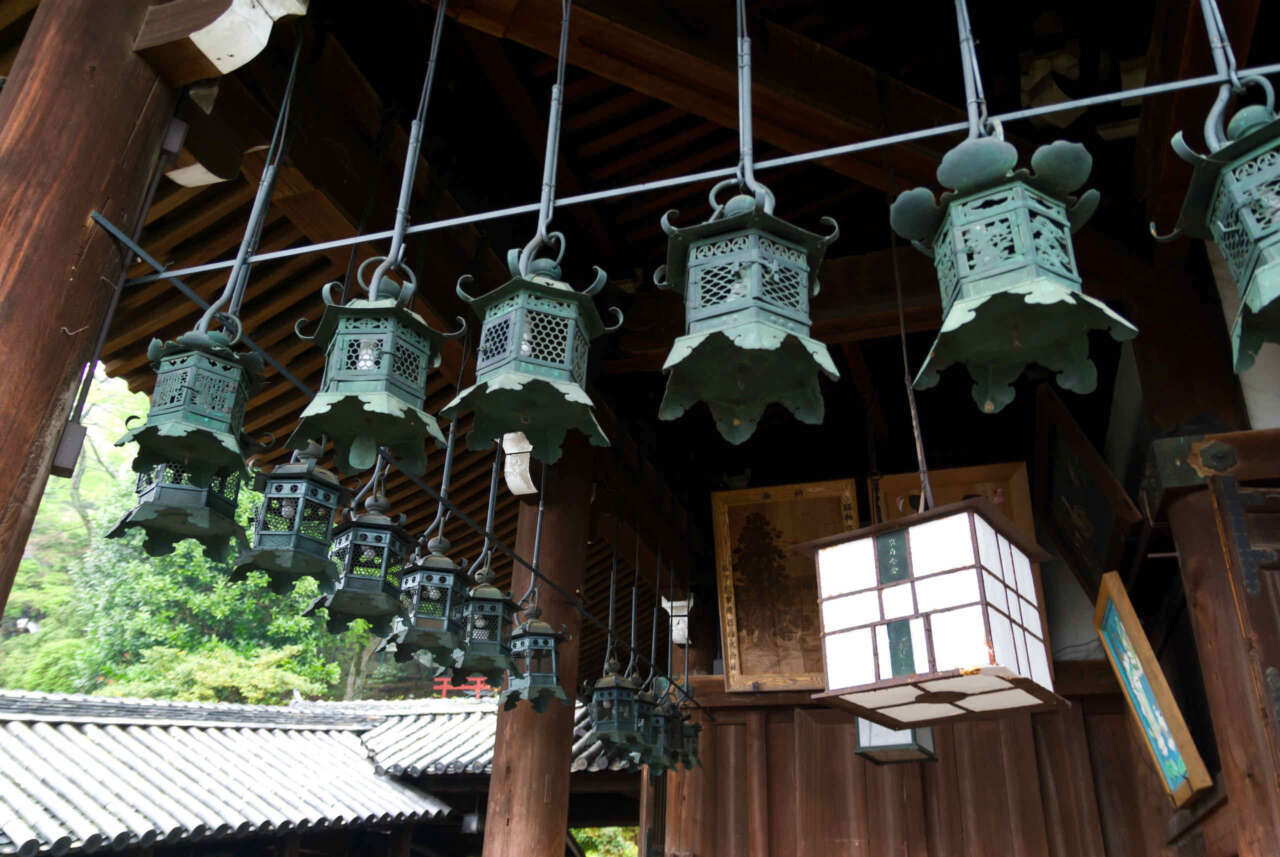
There is a balcony surrounding the hall with lots of copper lanterns.
Apparently there is a beautiful eleven headed statue inside, but no one is allowed to see it.
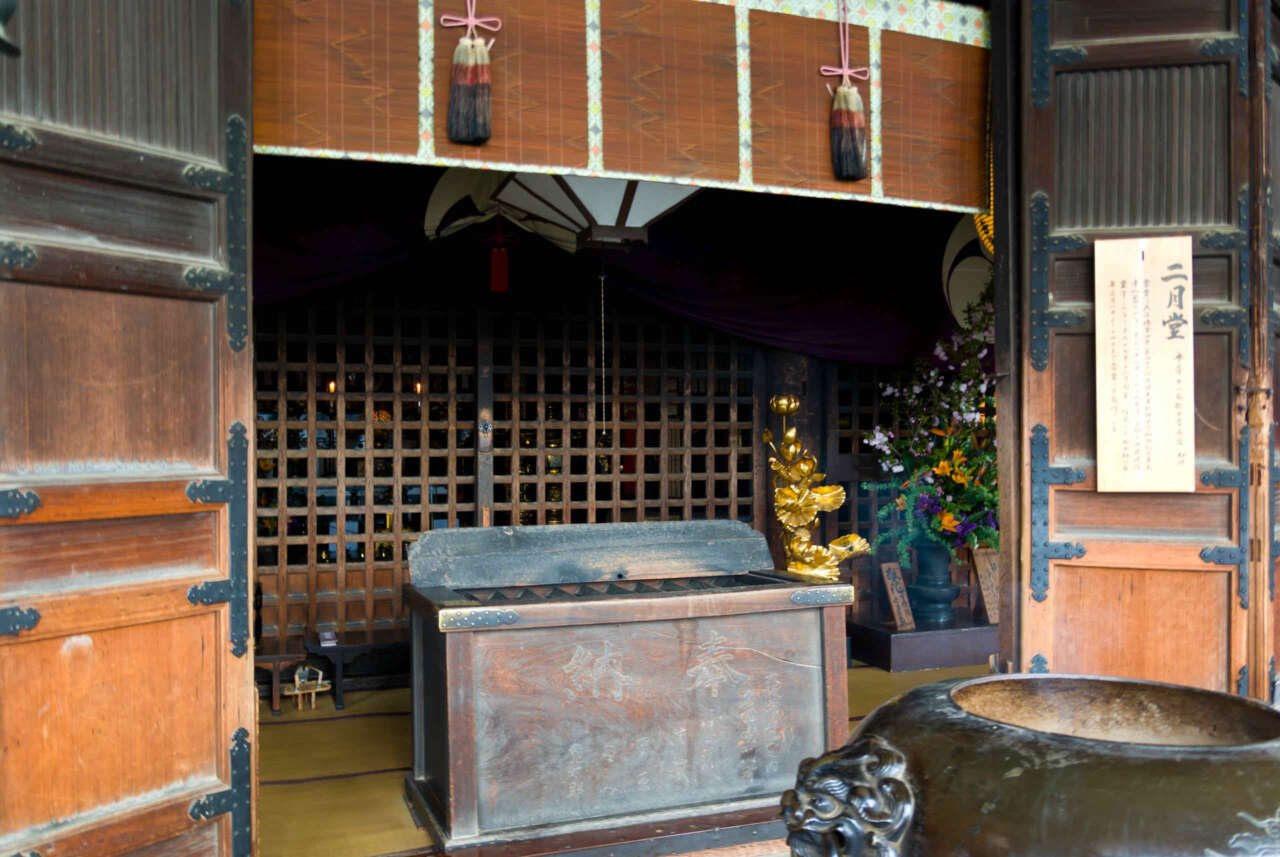
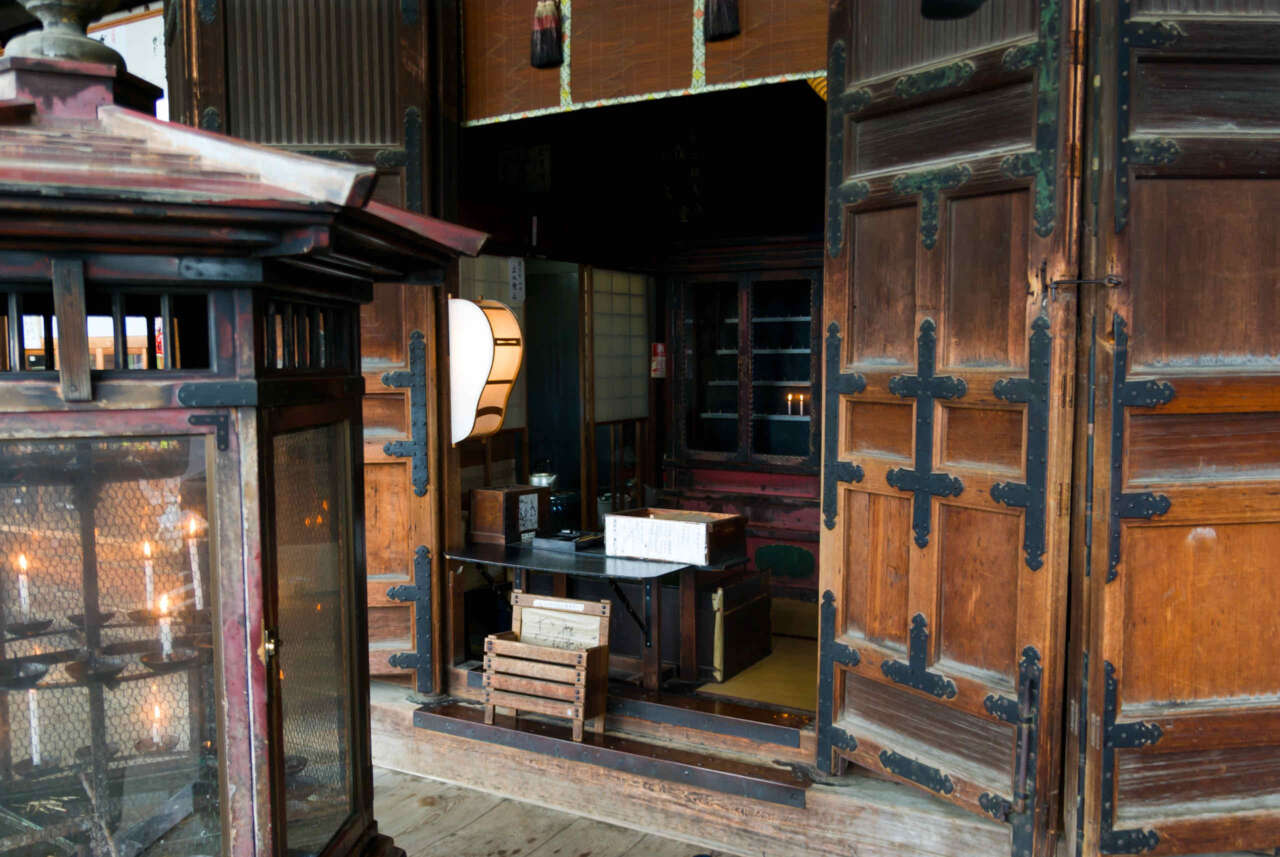
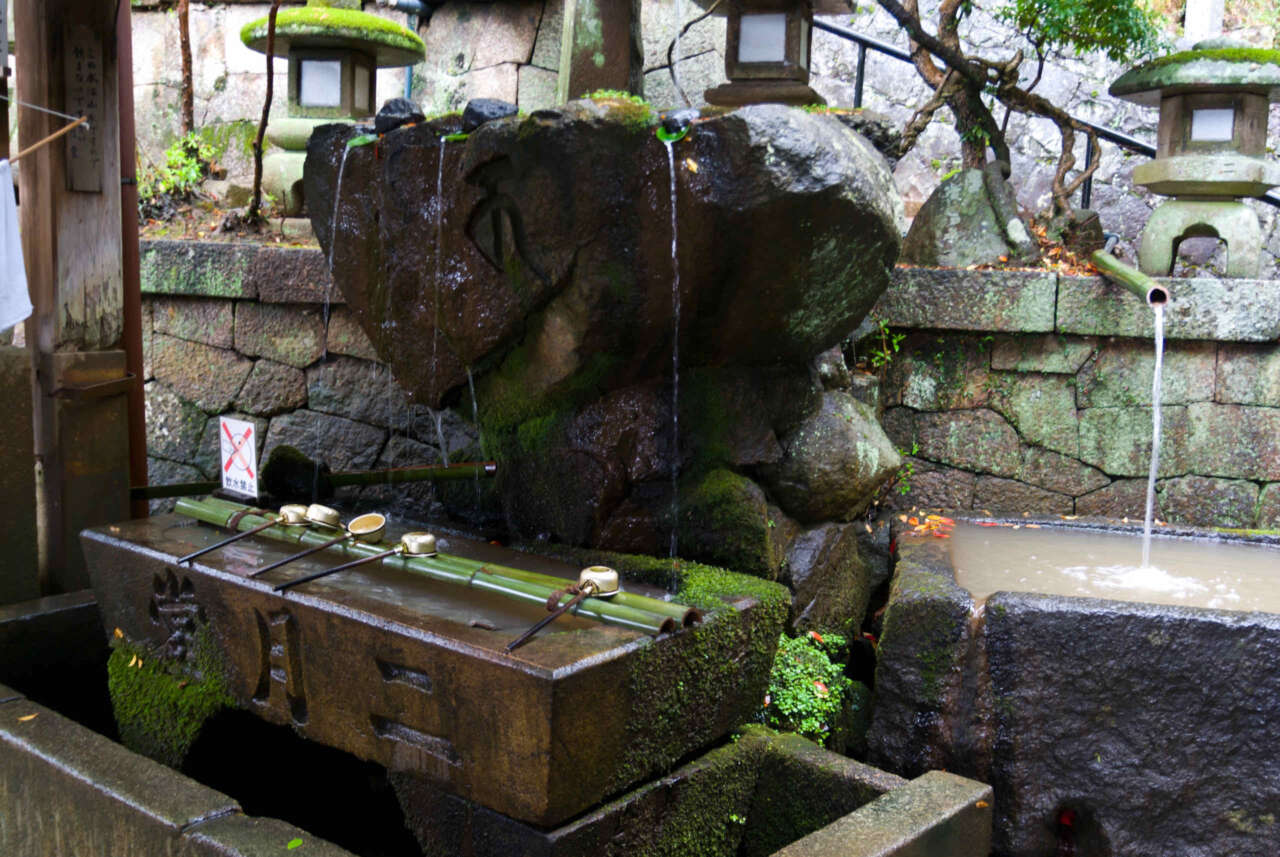
Outside the hall is a water purification fountain (temizuya). Not sure the water is that clean though!
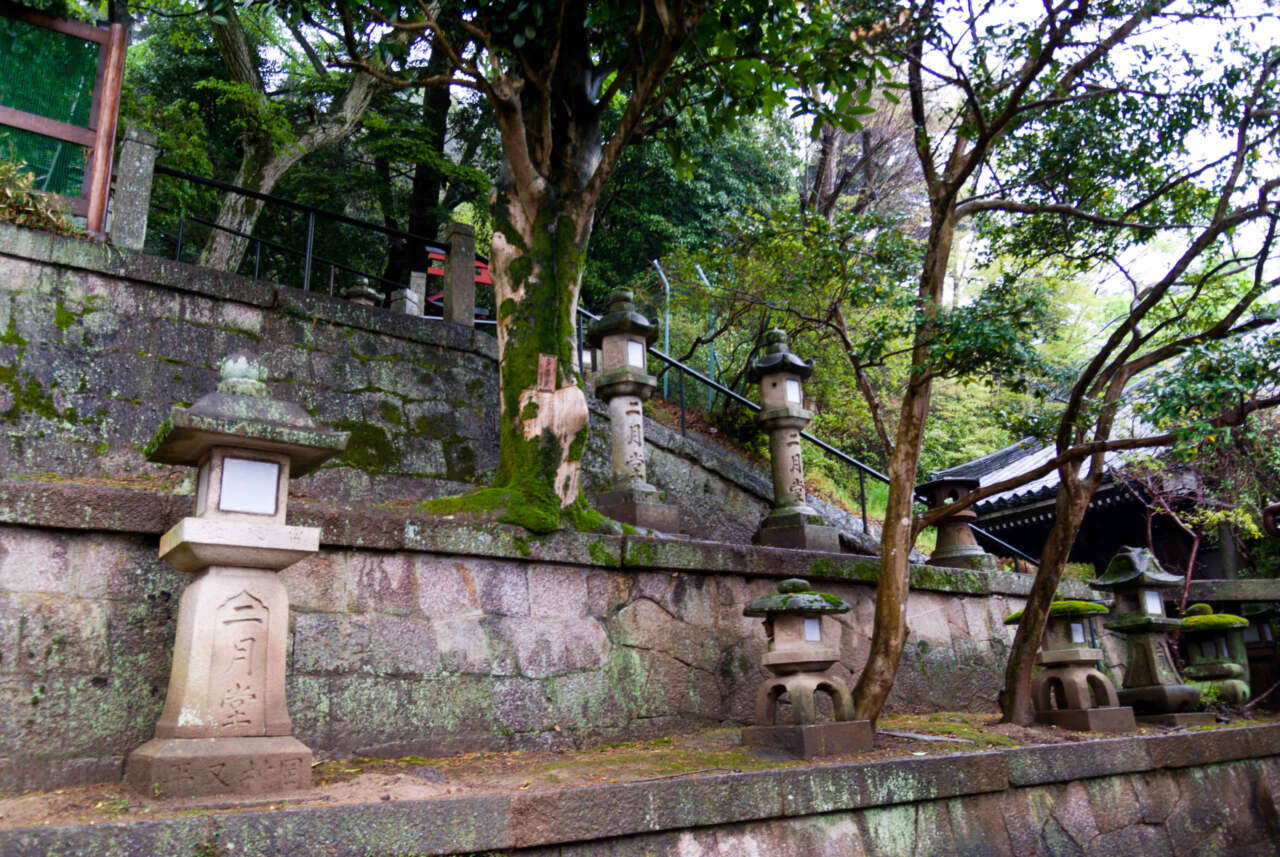
There are a lot of stone lanterns on the back of the building.
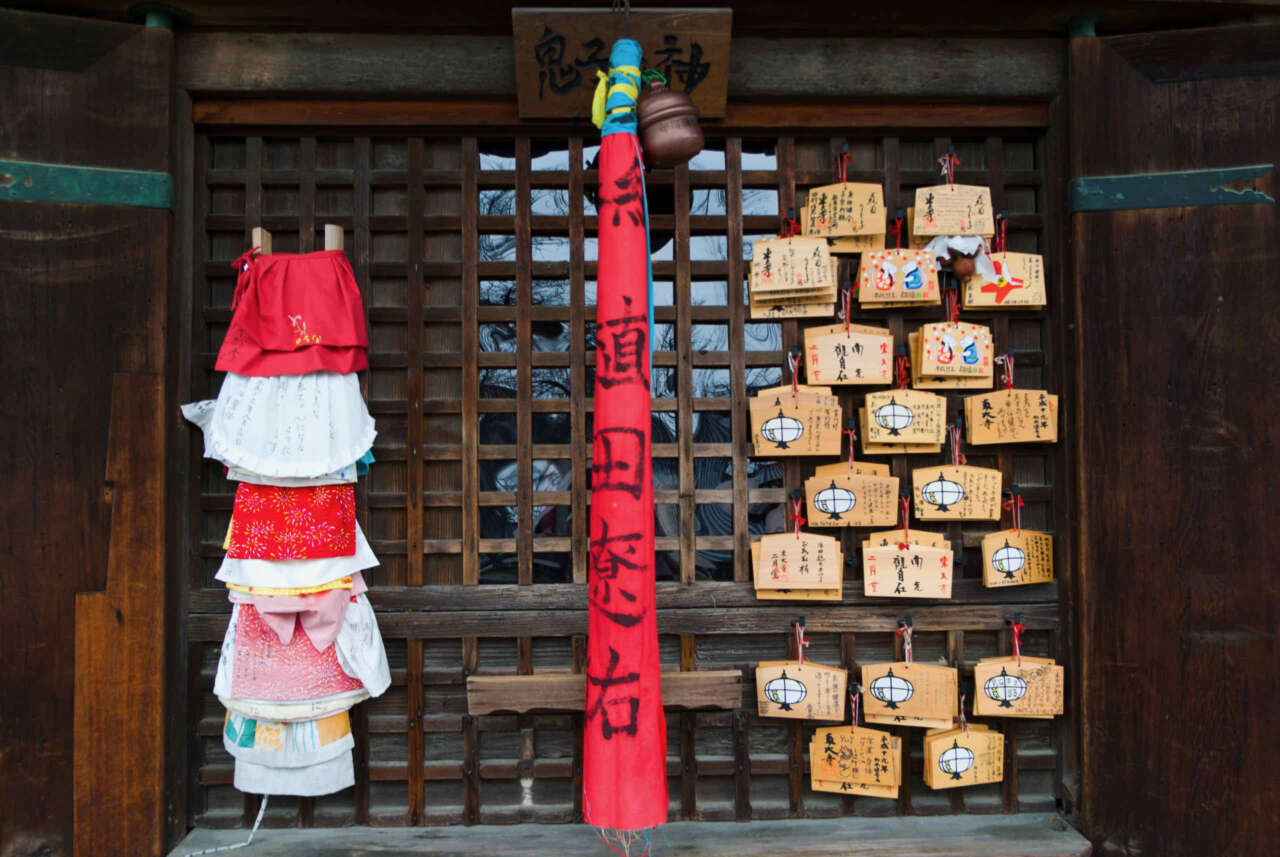
Well wishes and napkins(?)
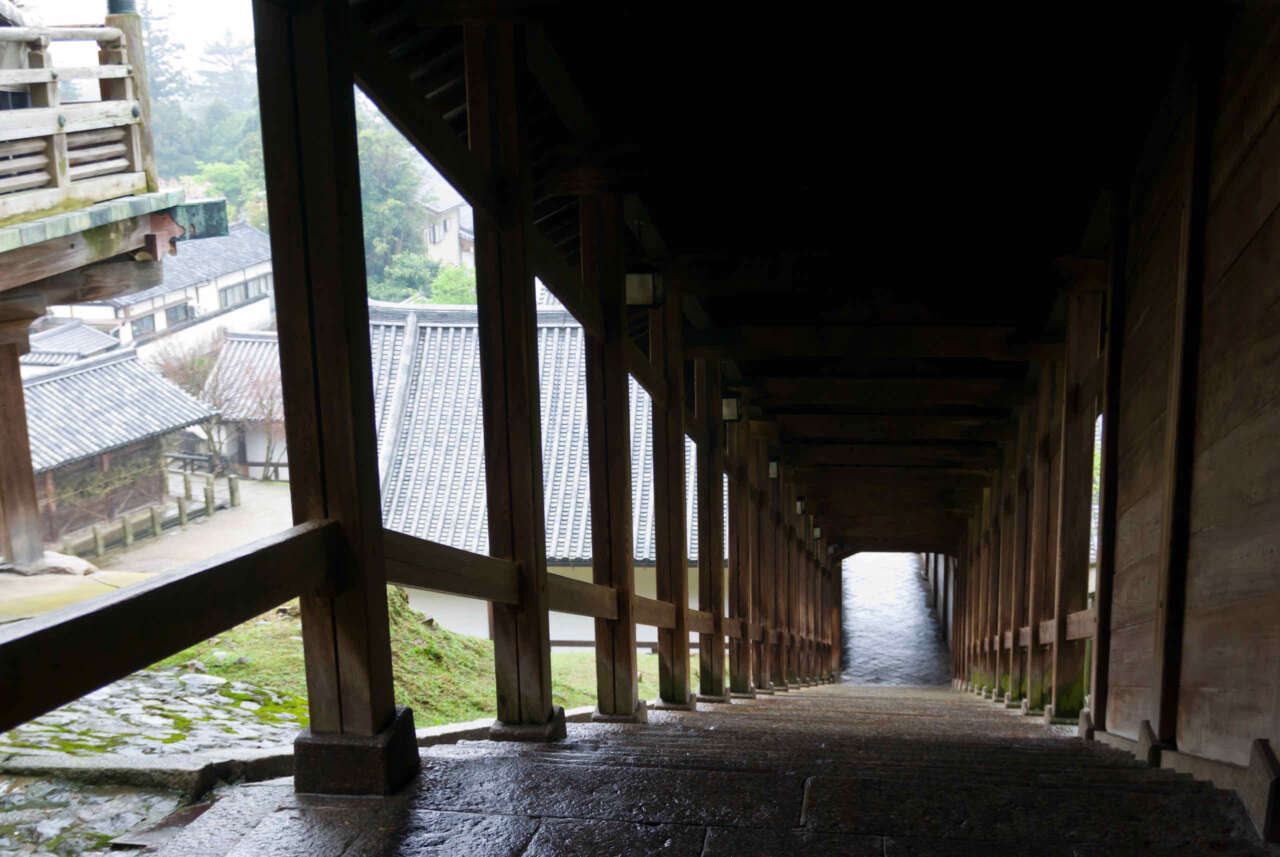
We descended the long flight of stairs on the other end of the building.
This is March Hall or Sangatsudou (三月堂), also known as Hokkedou (法華堂). It is the oldest surviving structure at Toudaiji and dates all the way back to the eighth century. There are lots of statues in this building but unfortunately we were not allowed to take photographs.
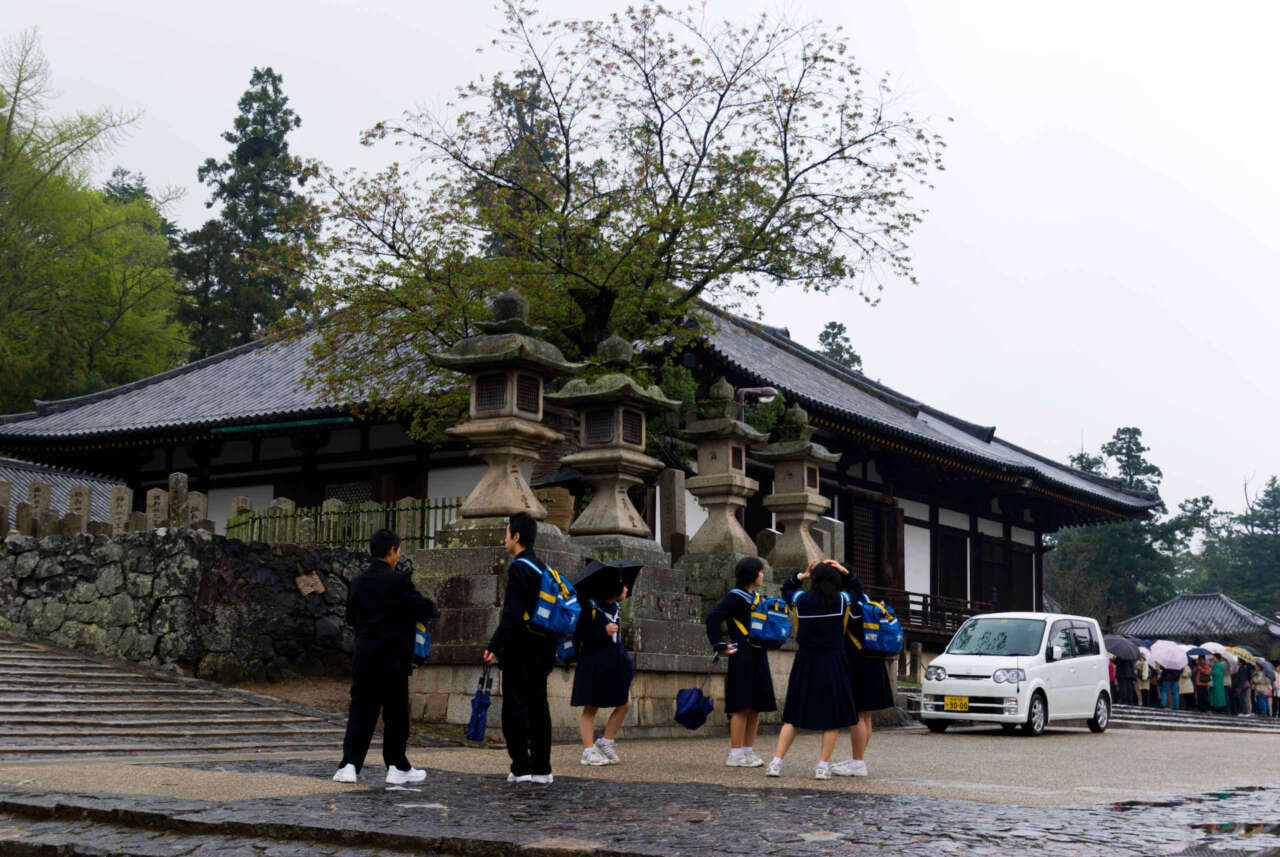
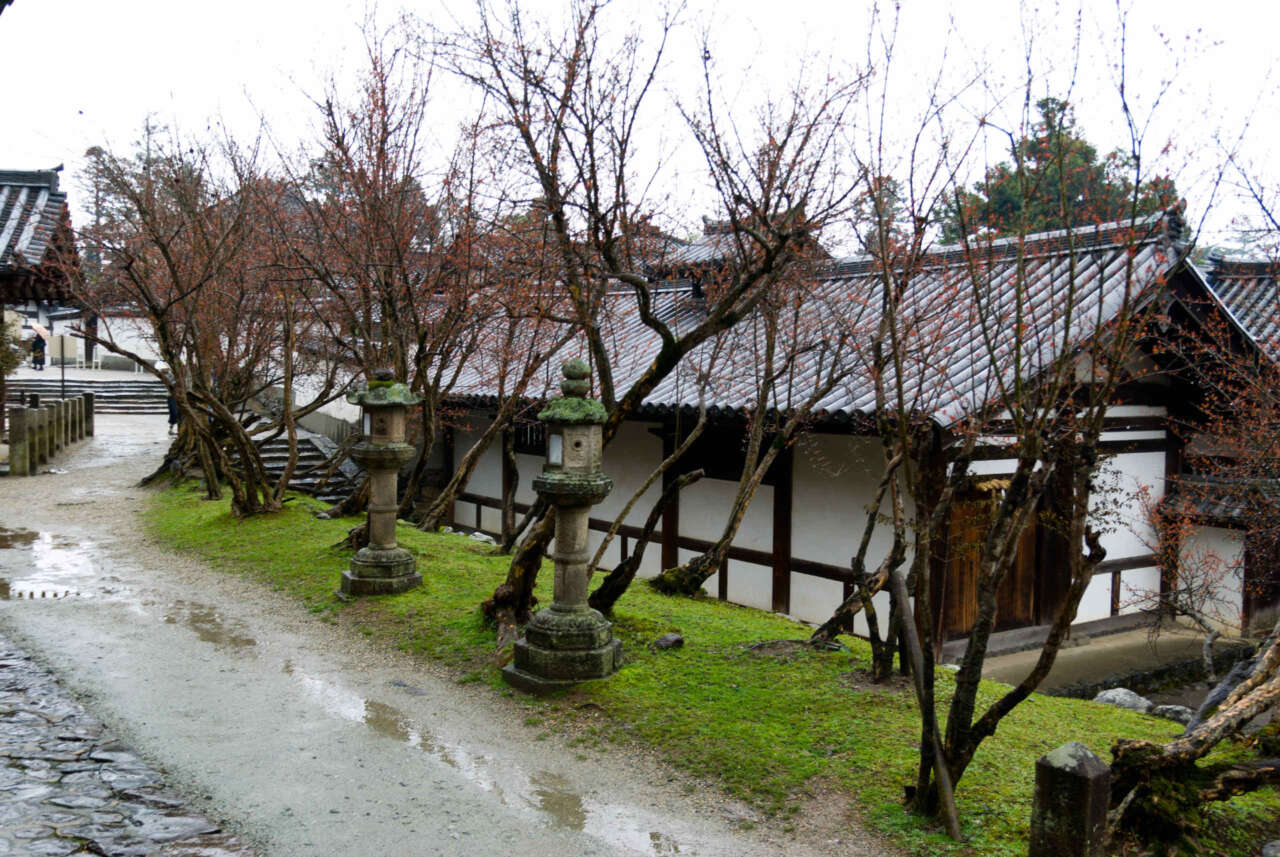
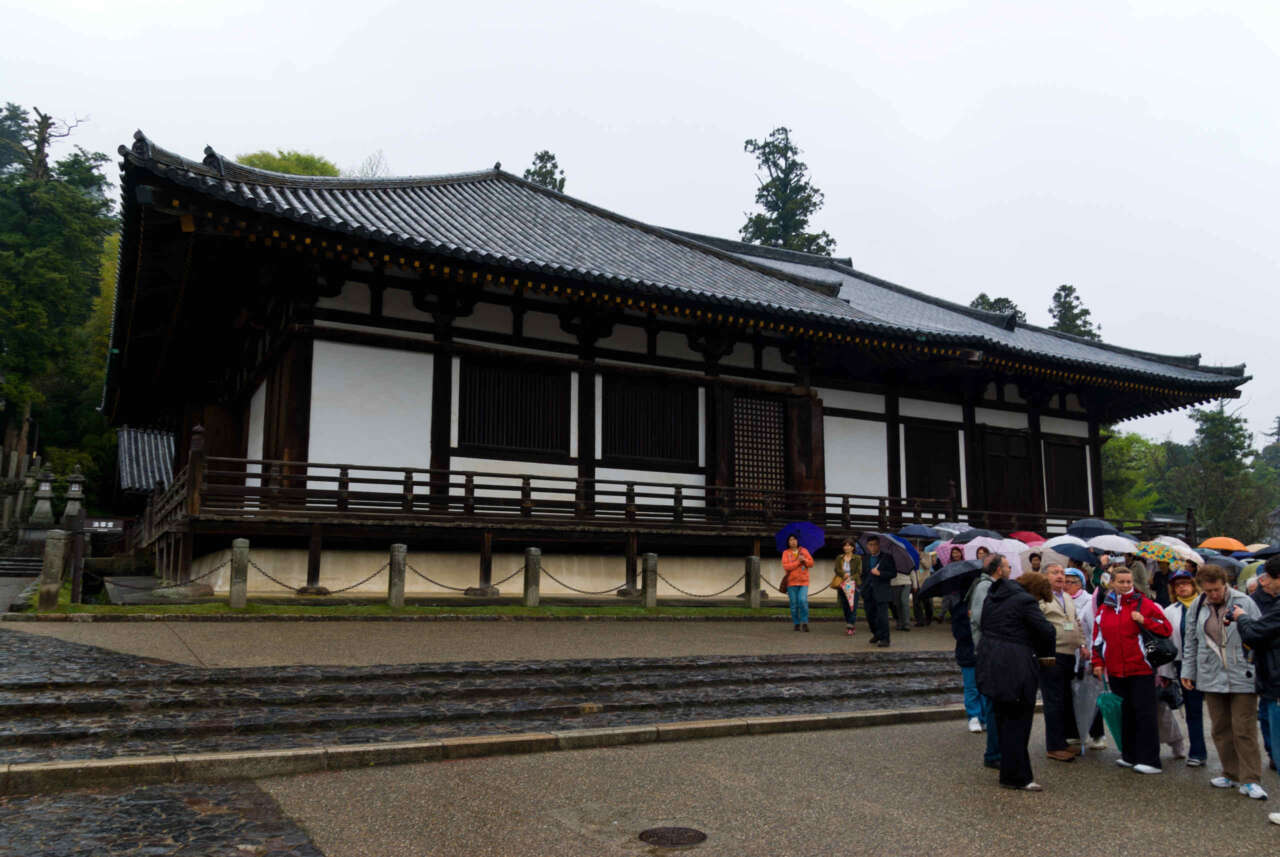
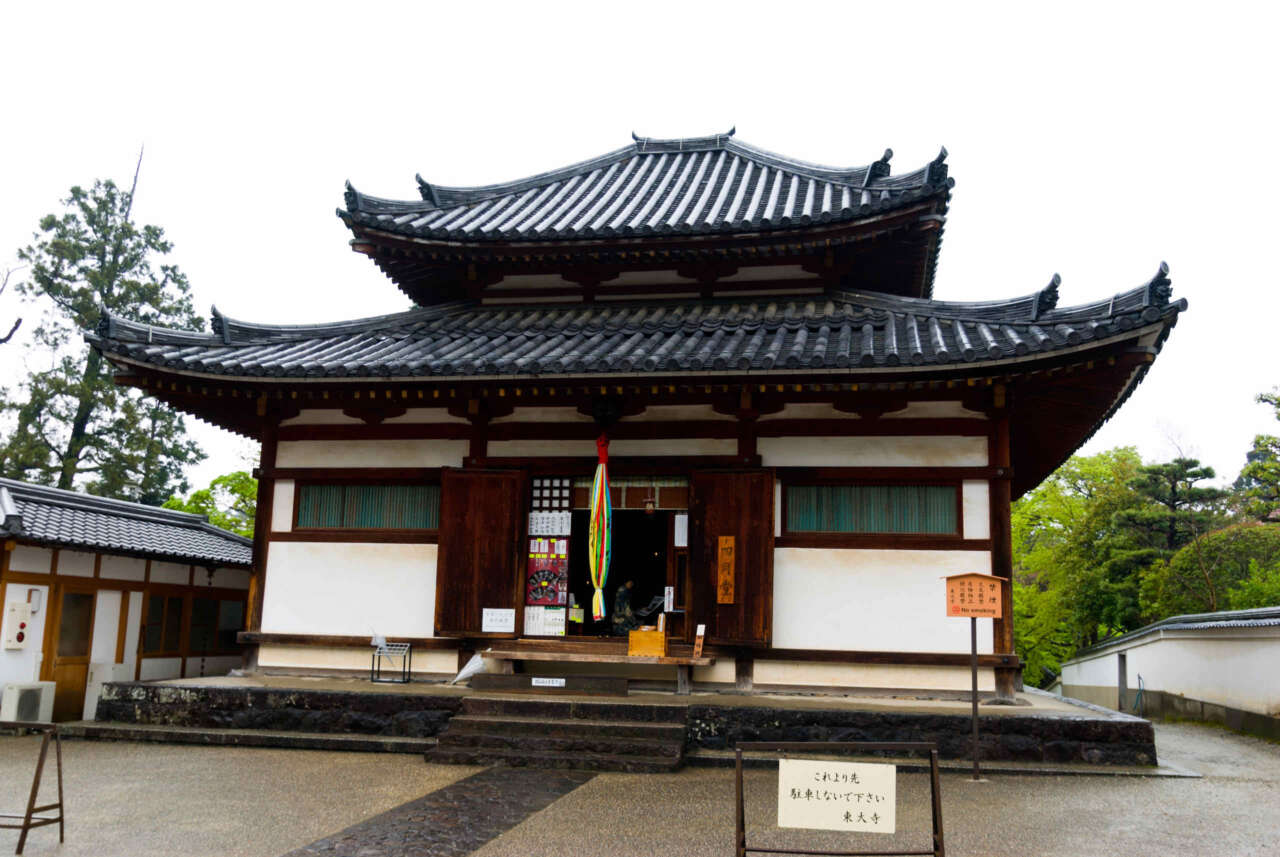
April Hall or Yongatsudou (四月堂) – also contains some statues but we were not allowed inside.
Full set of photos:


























